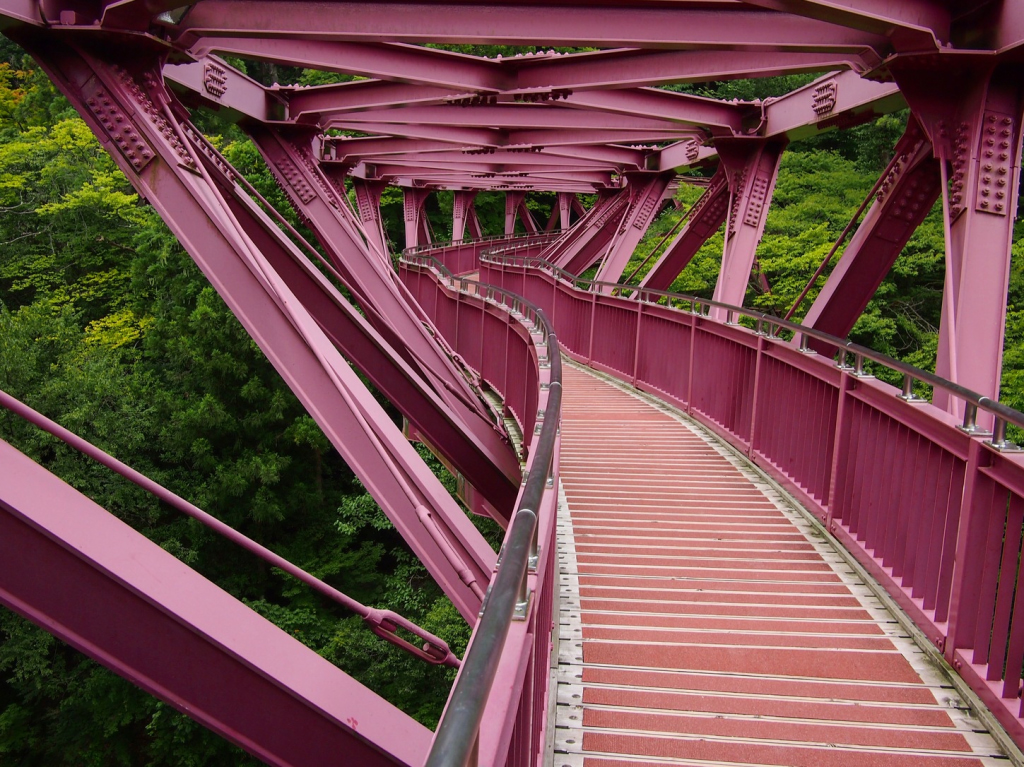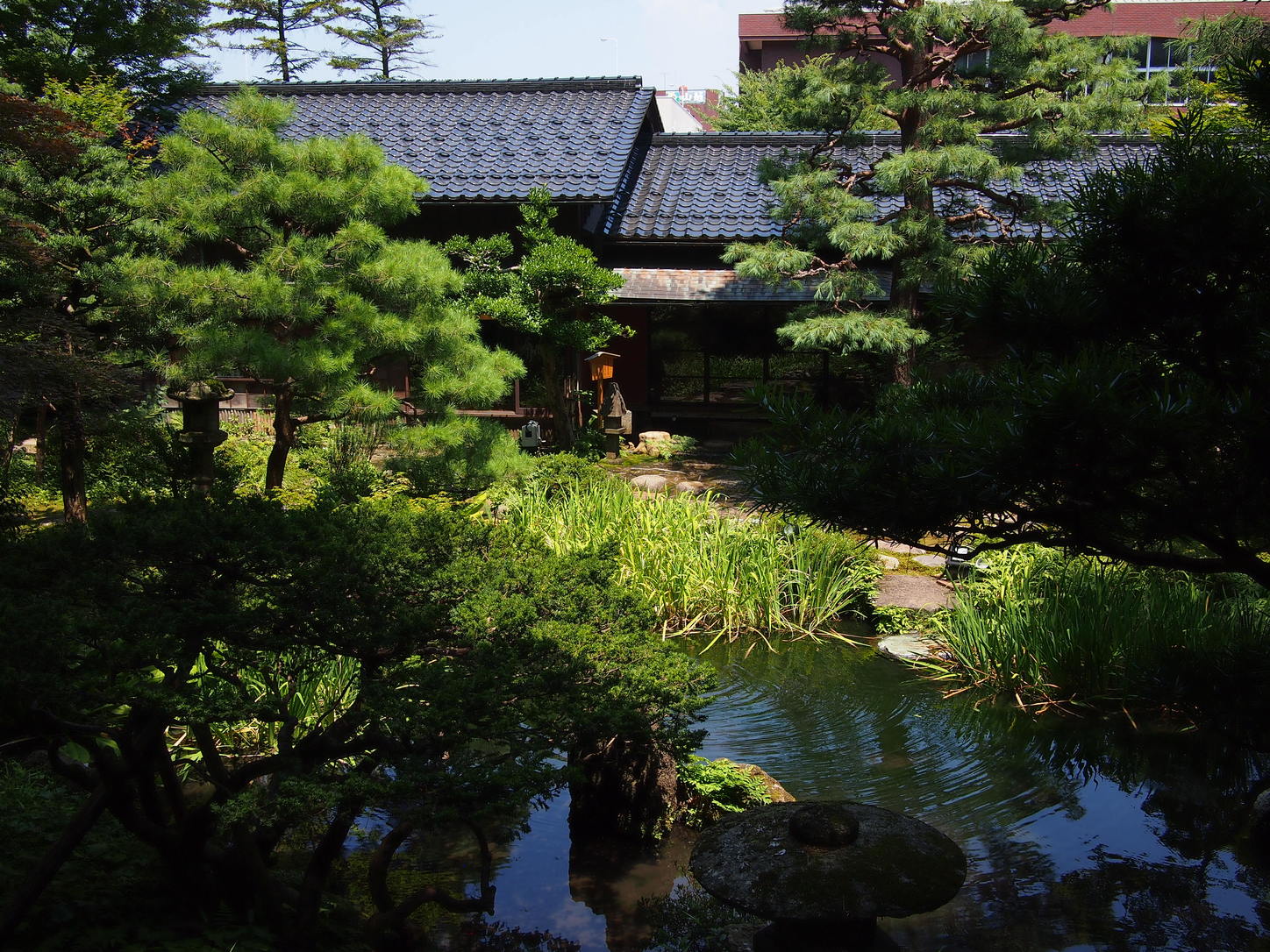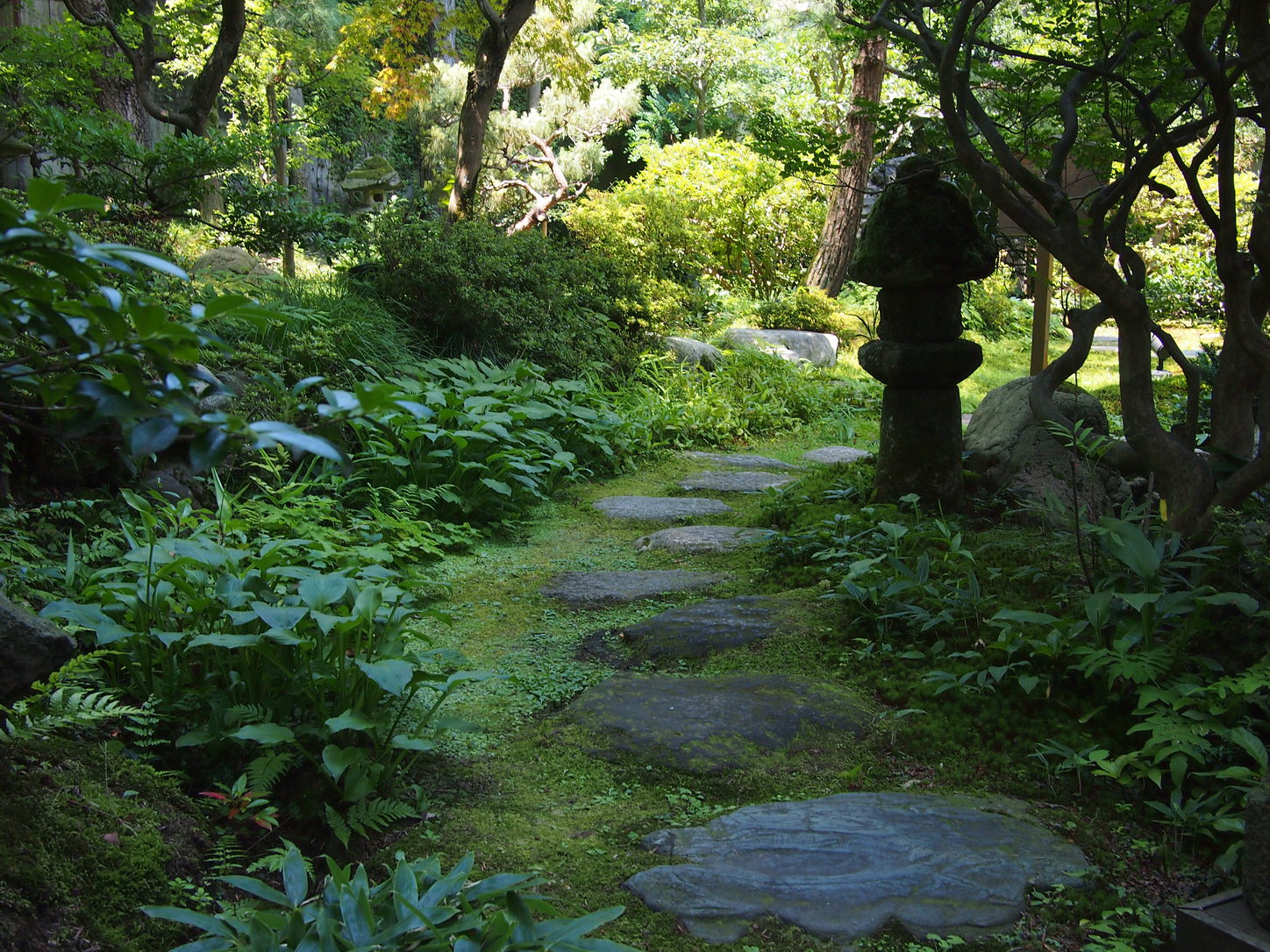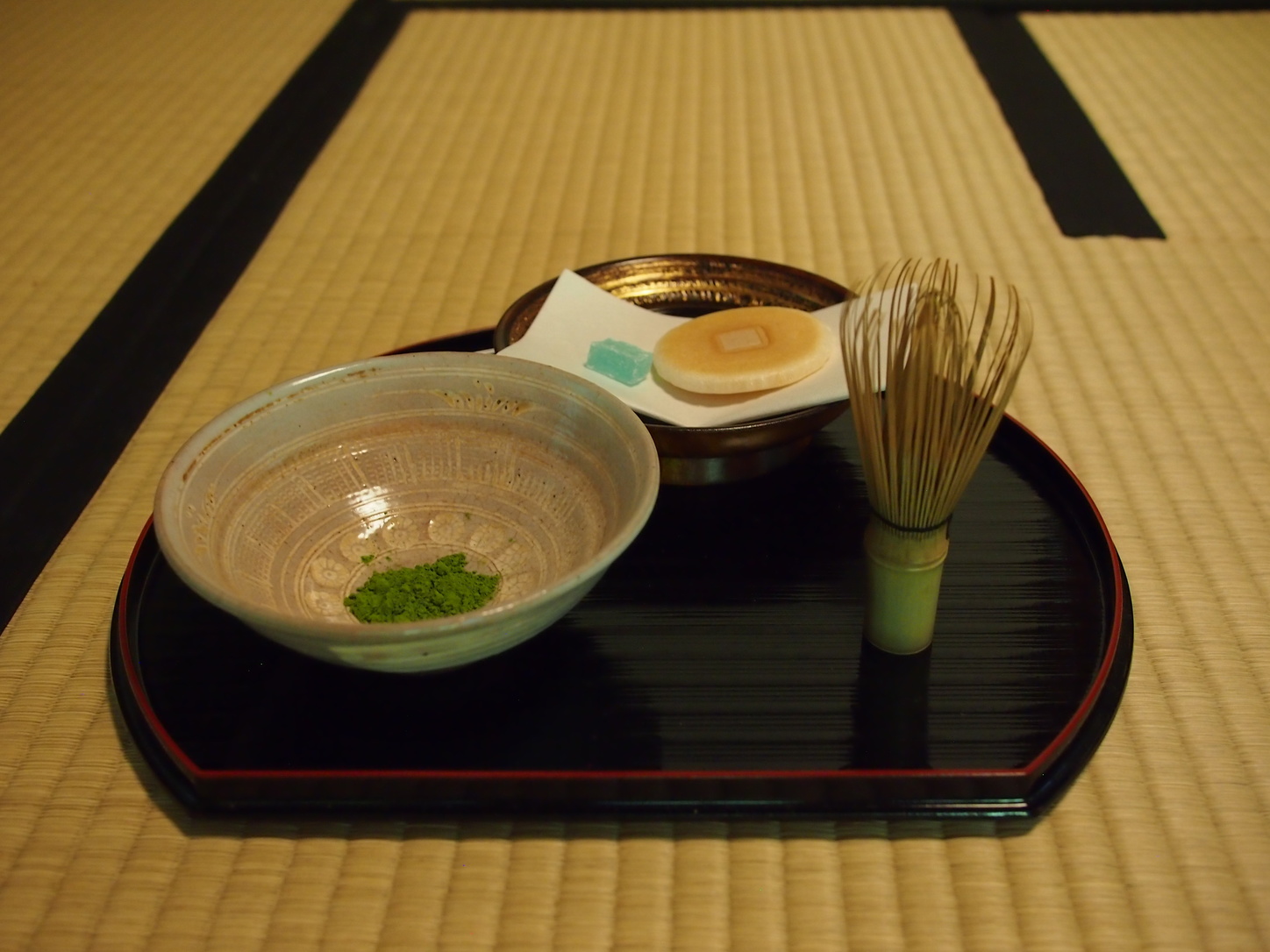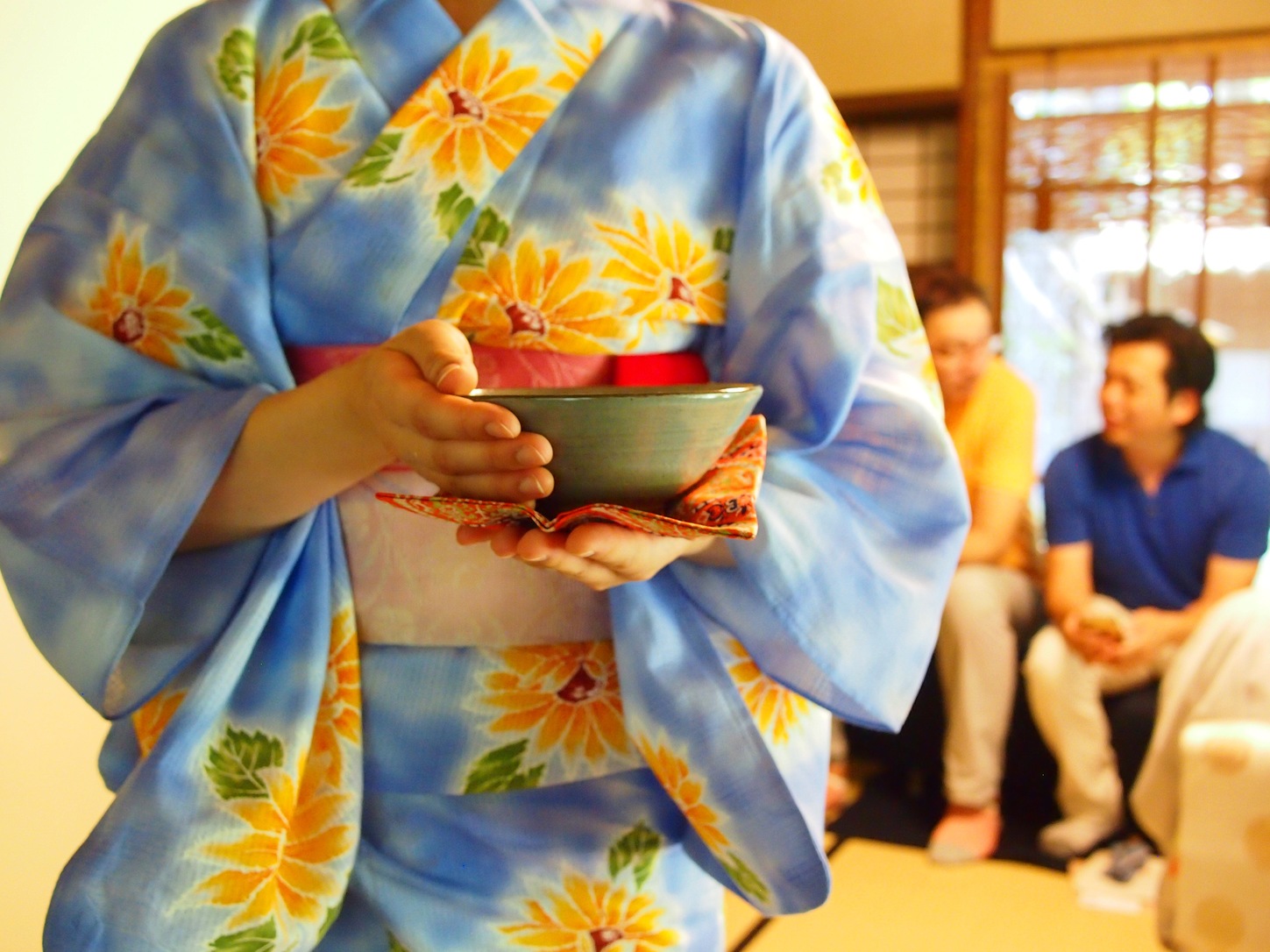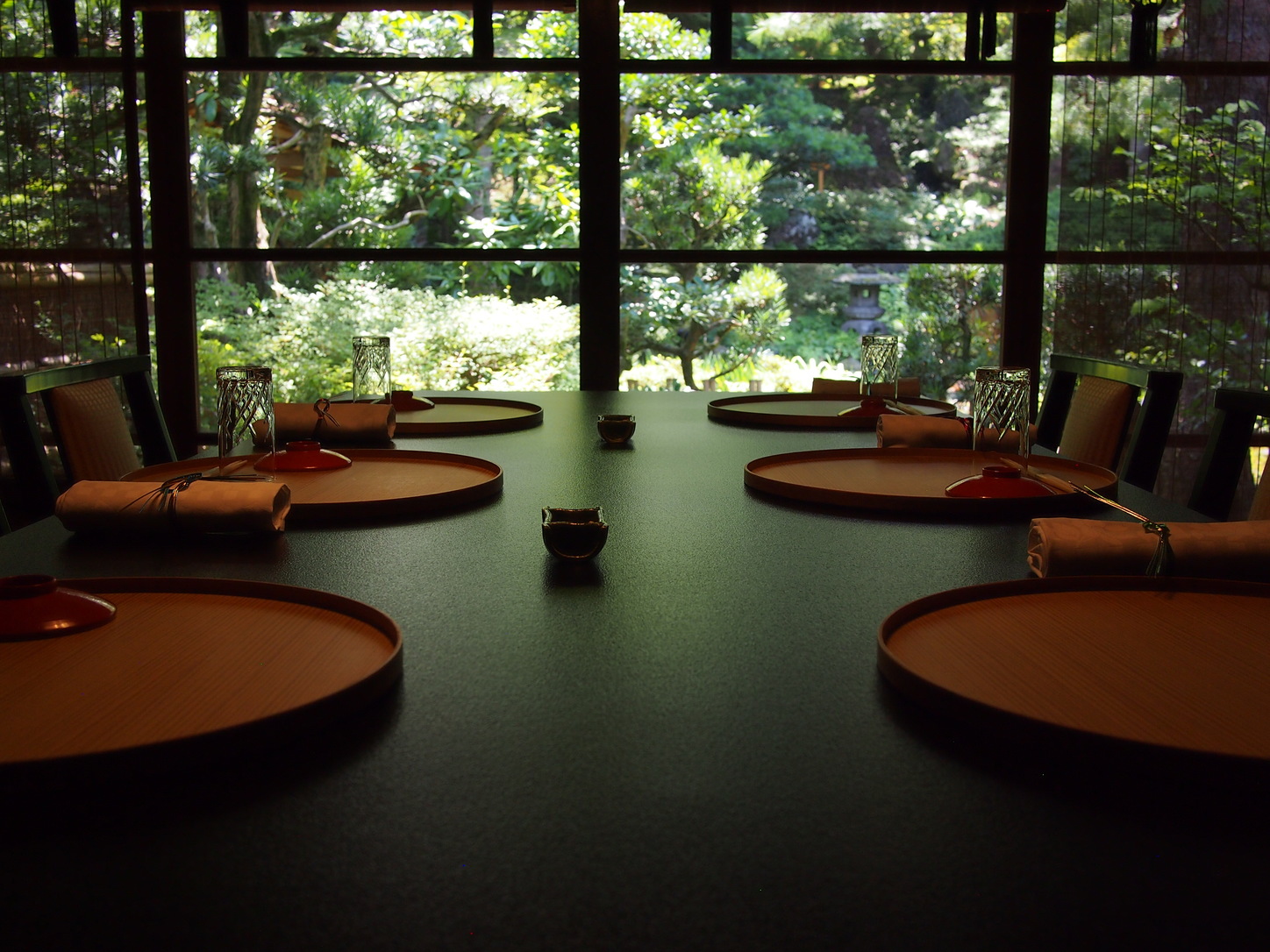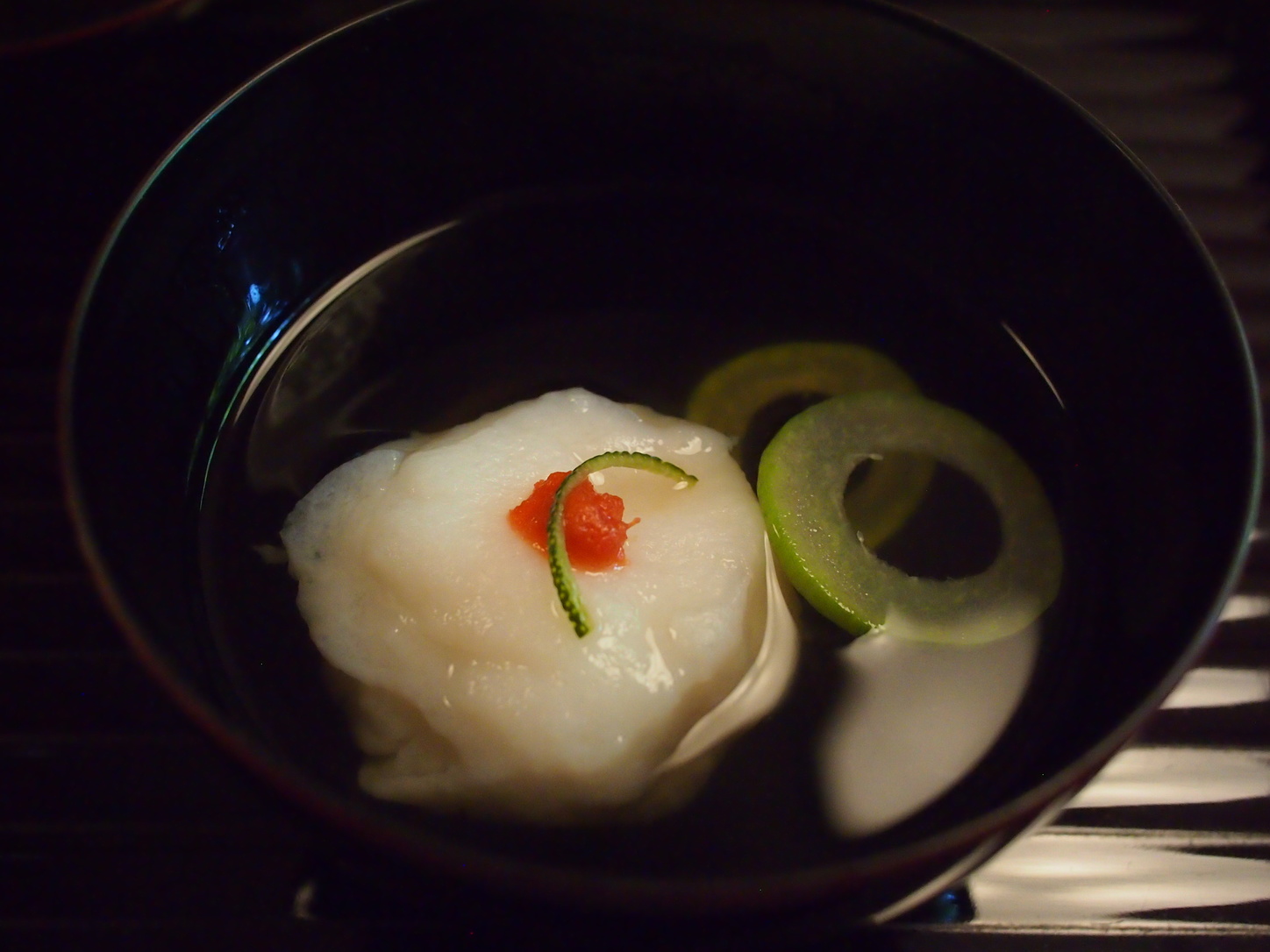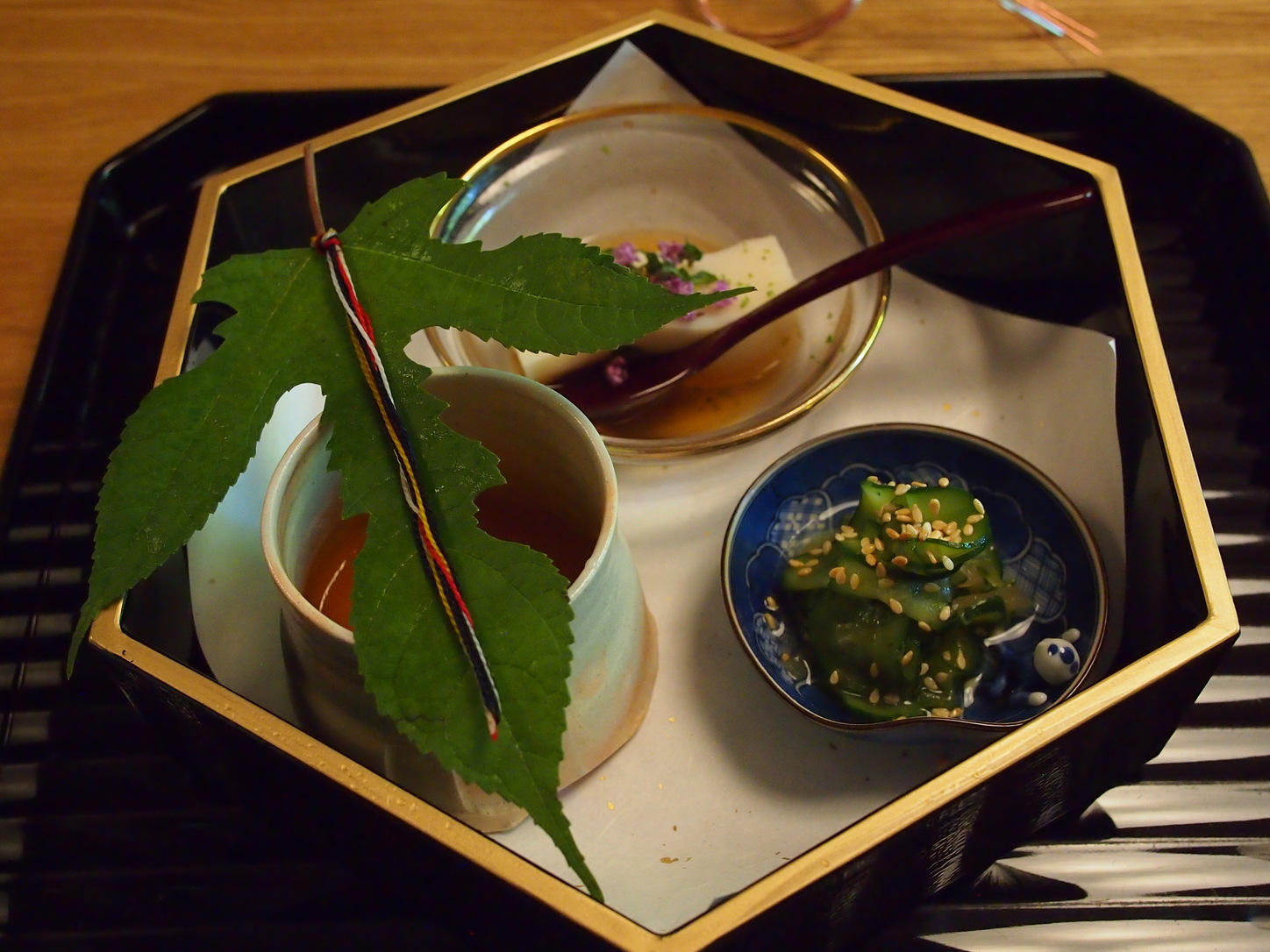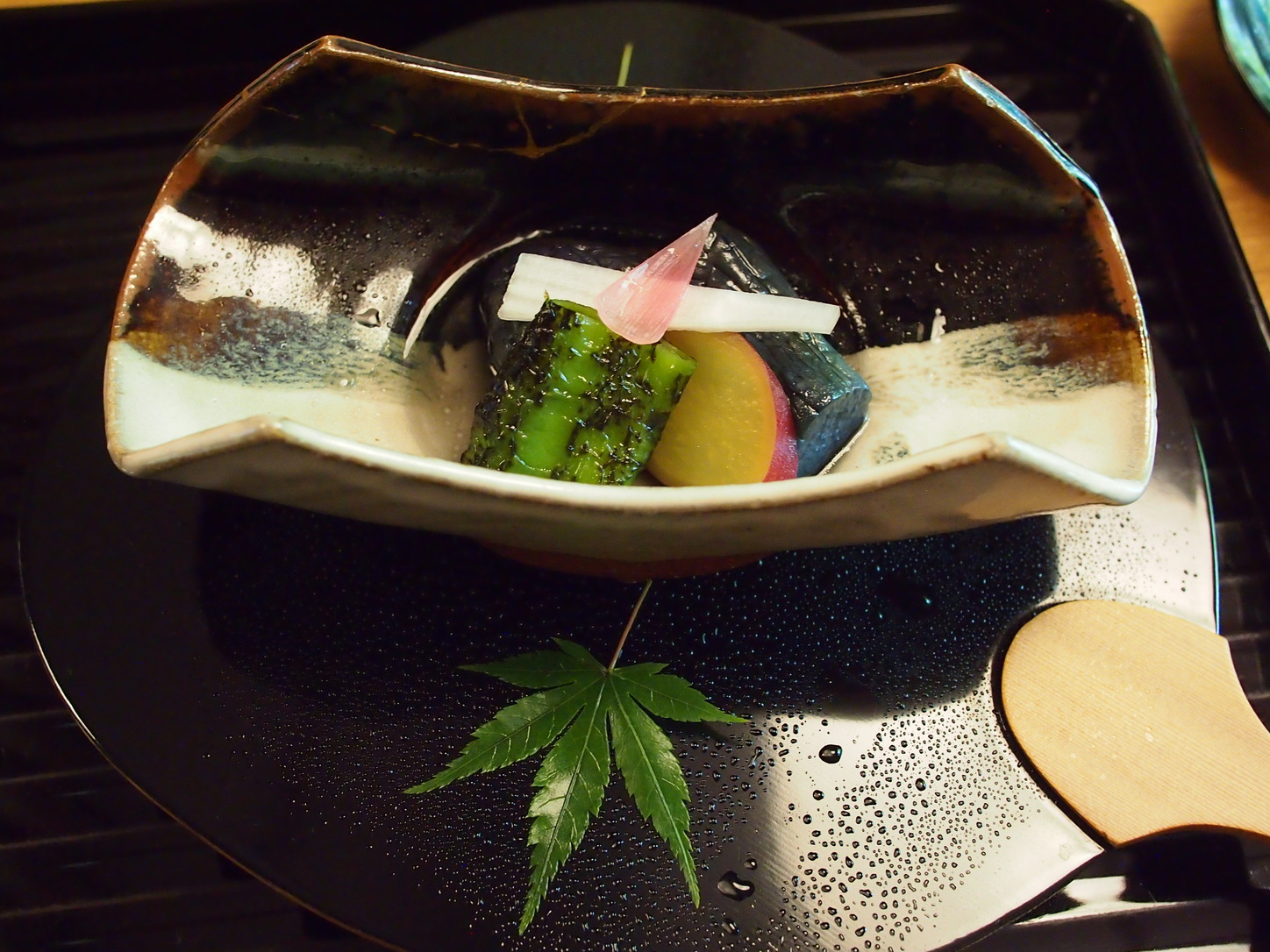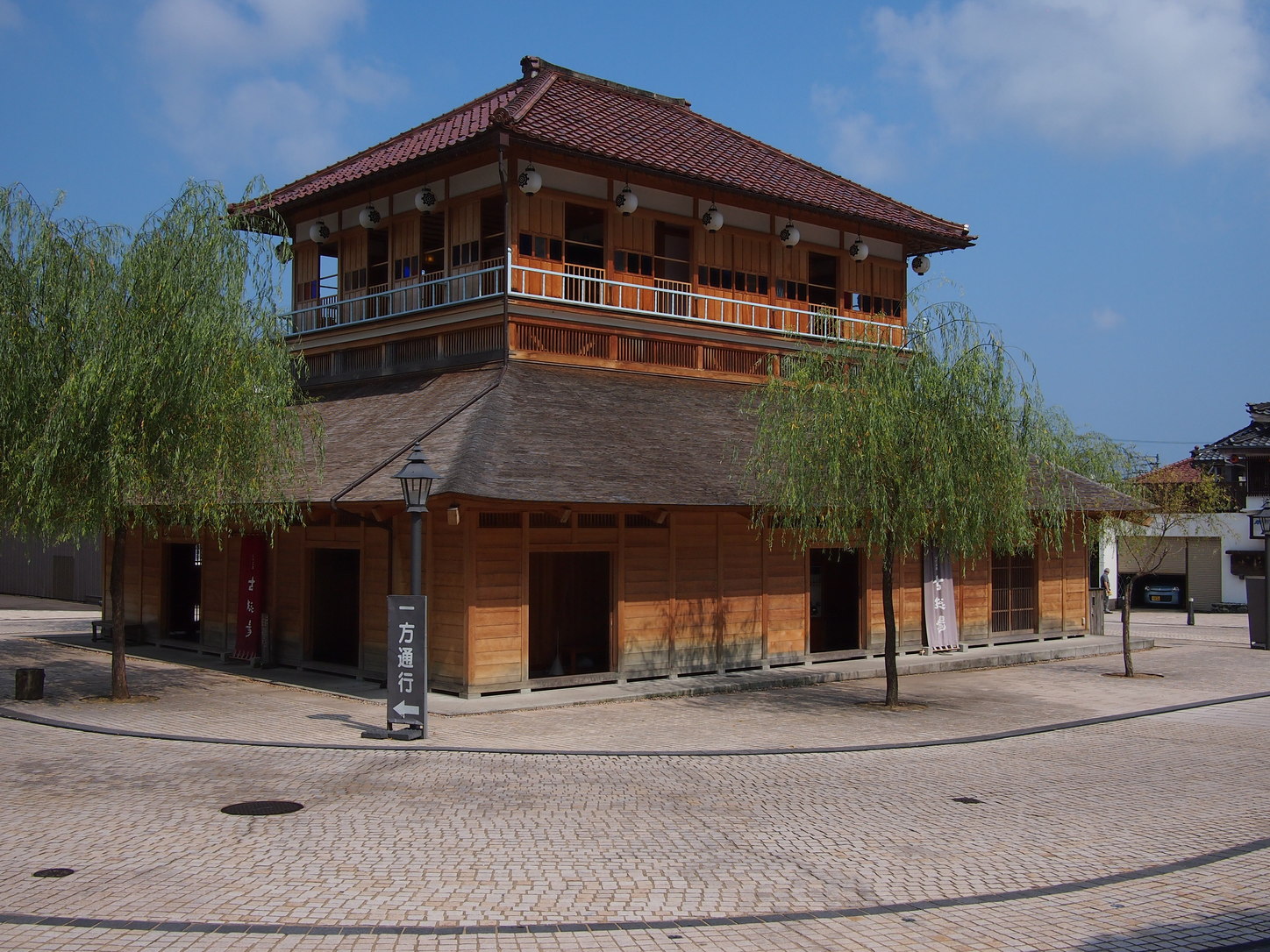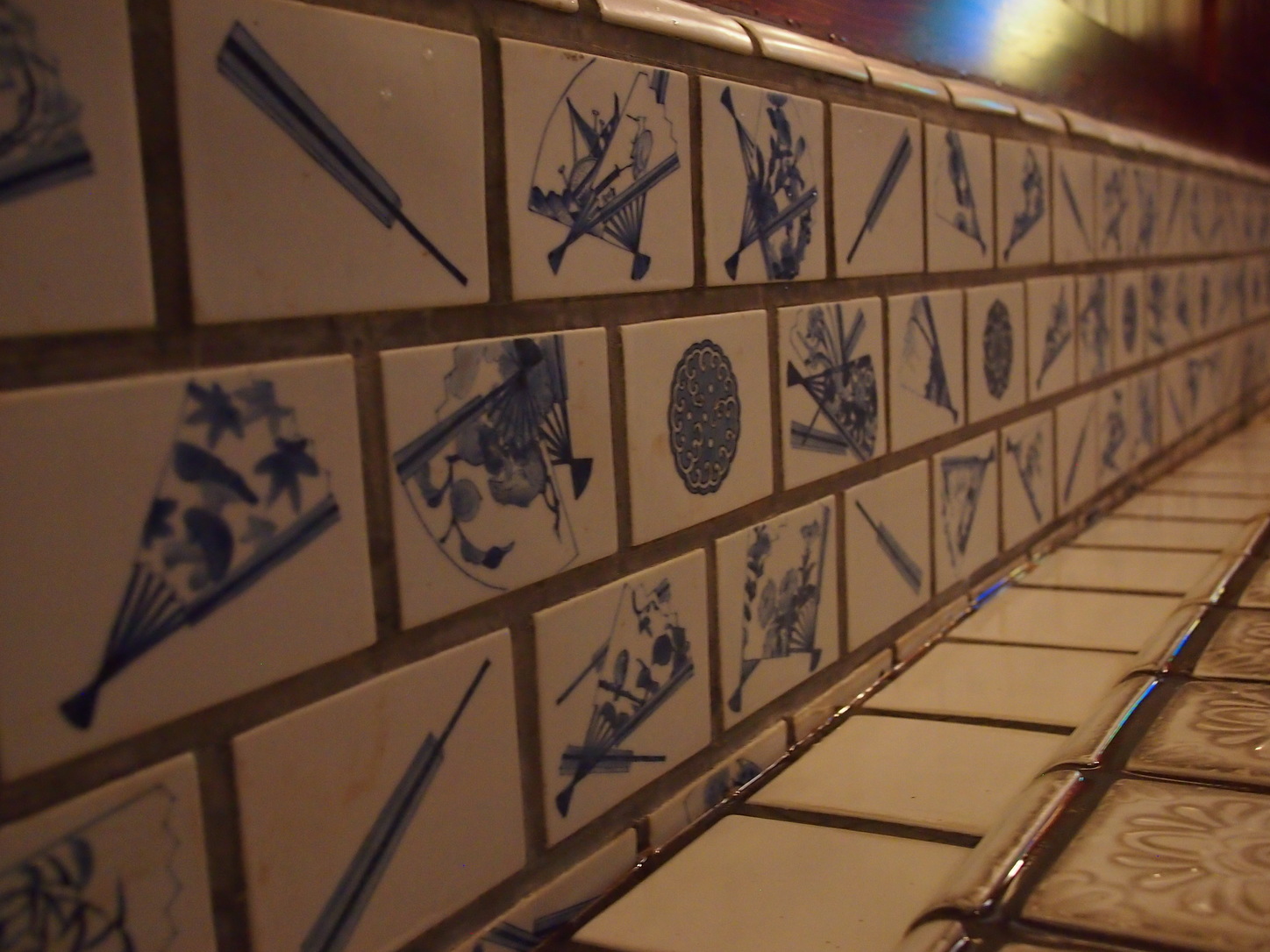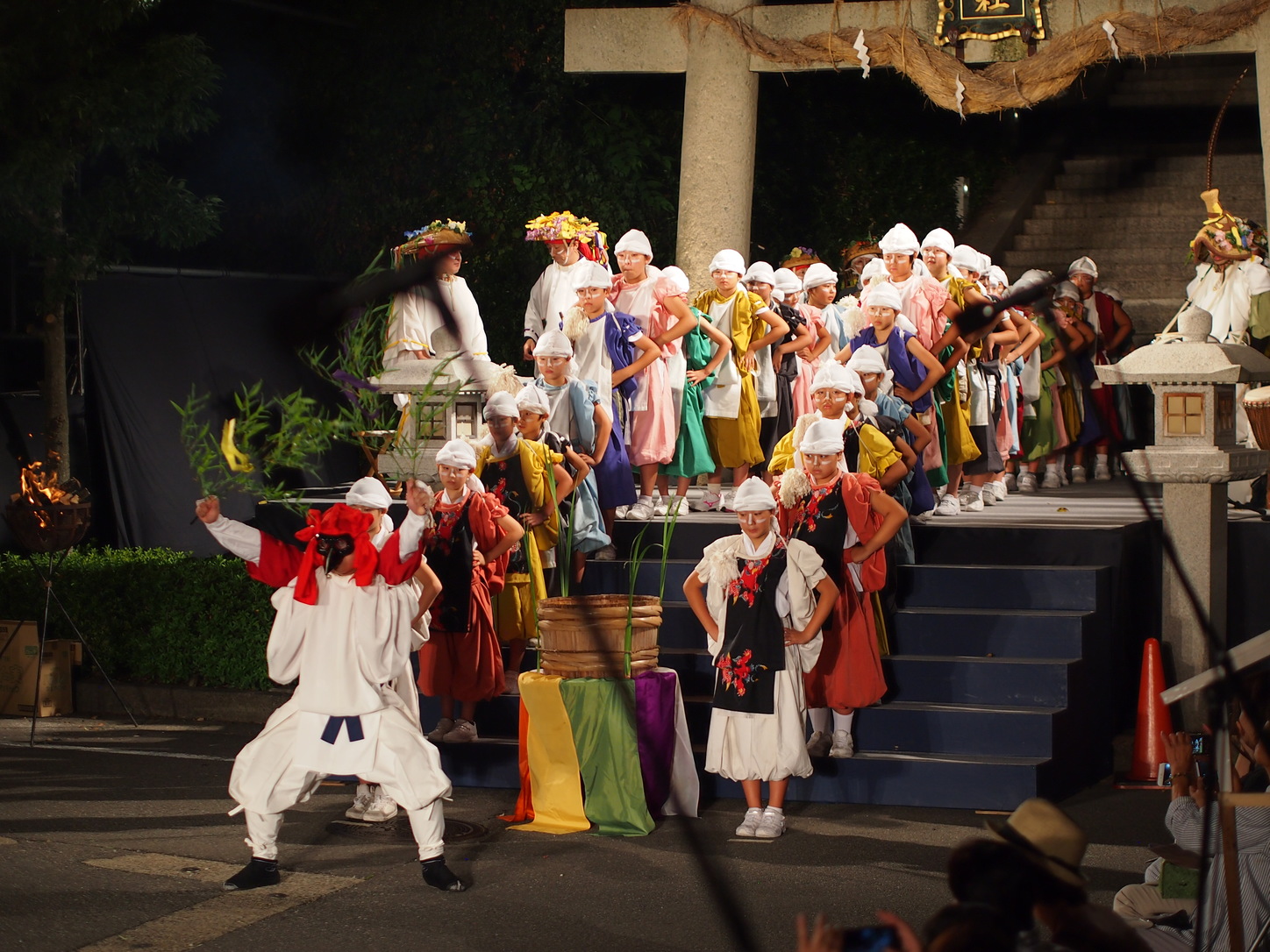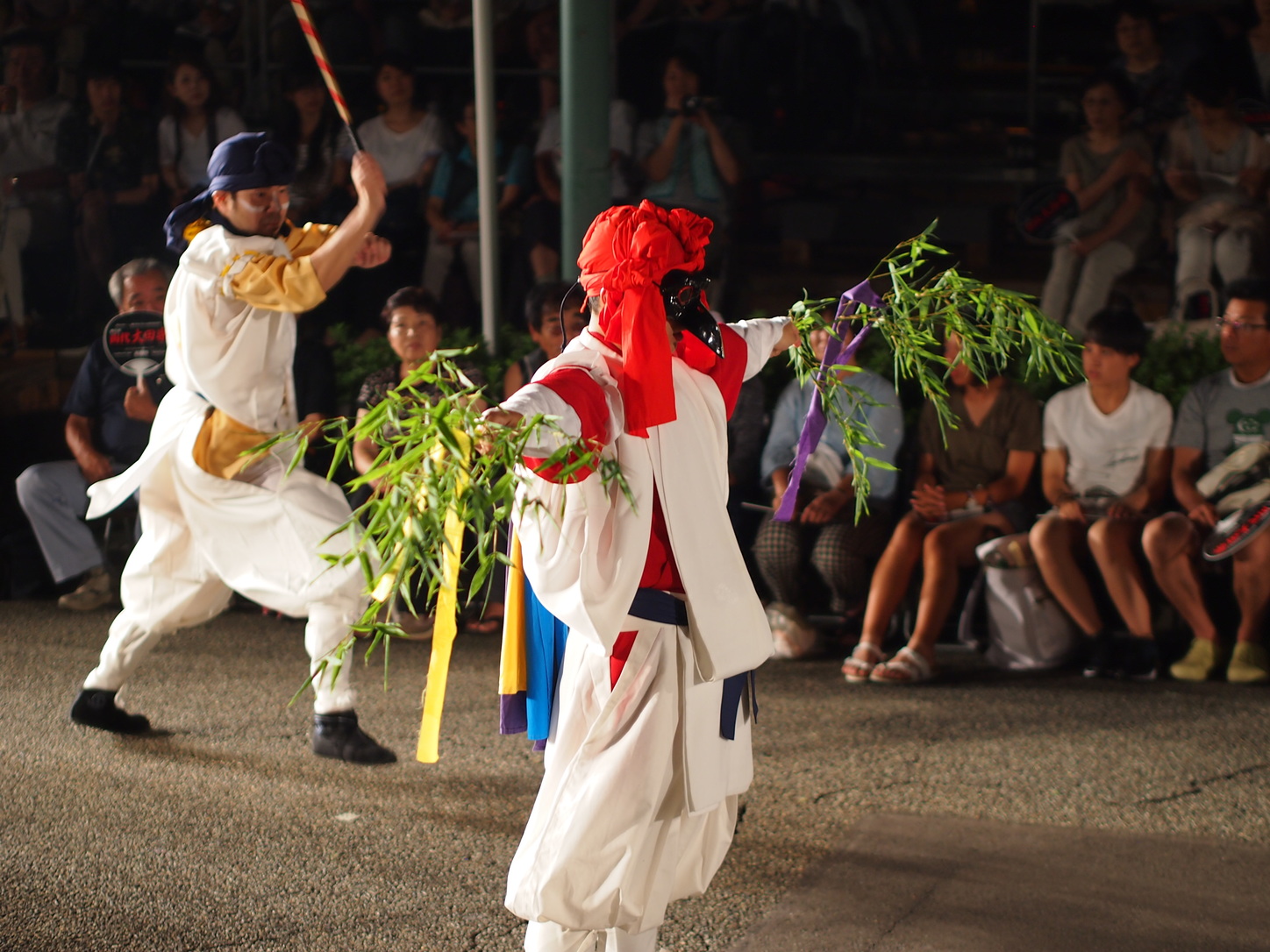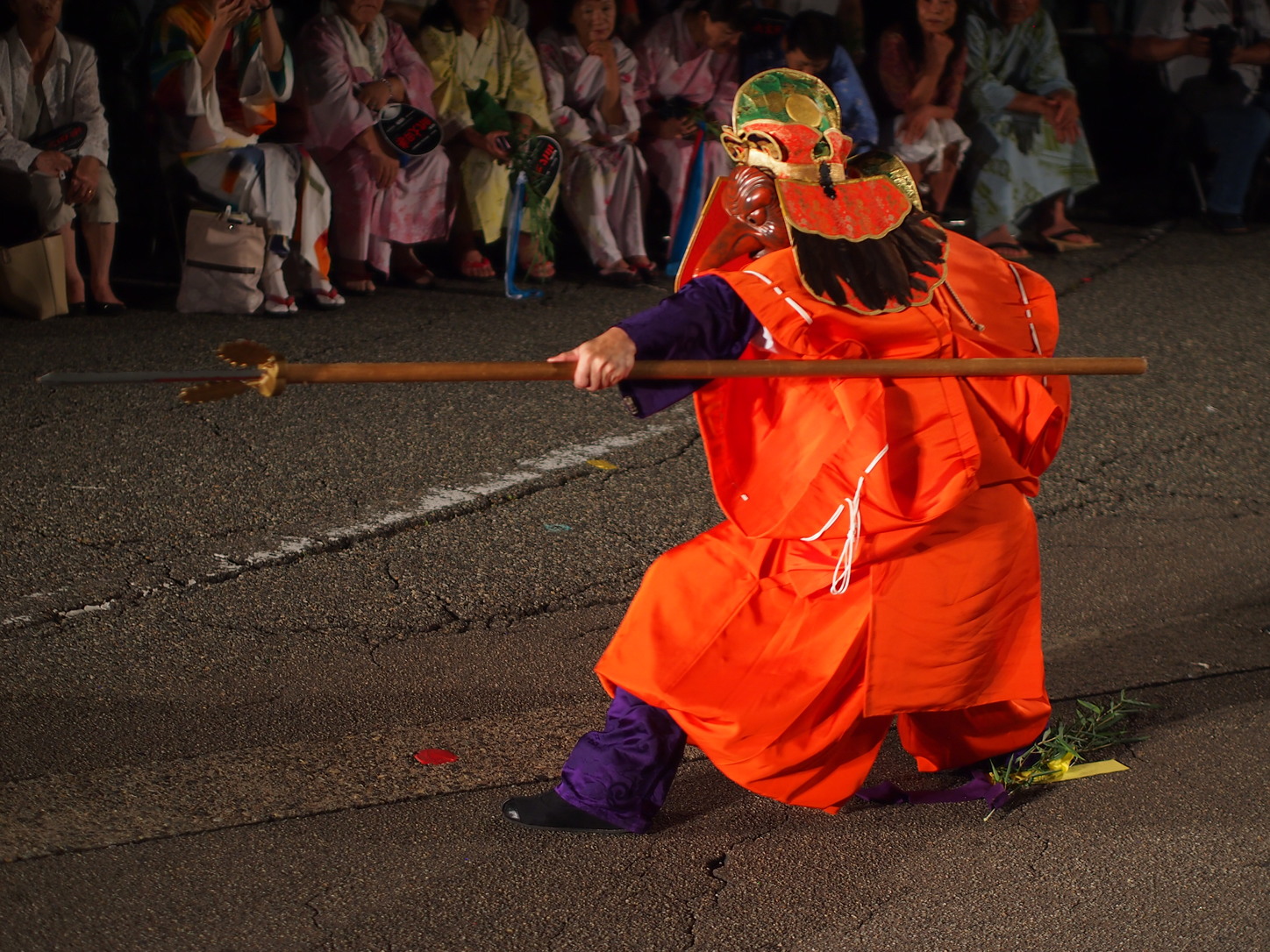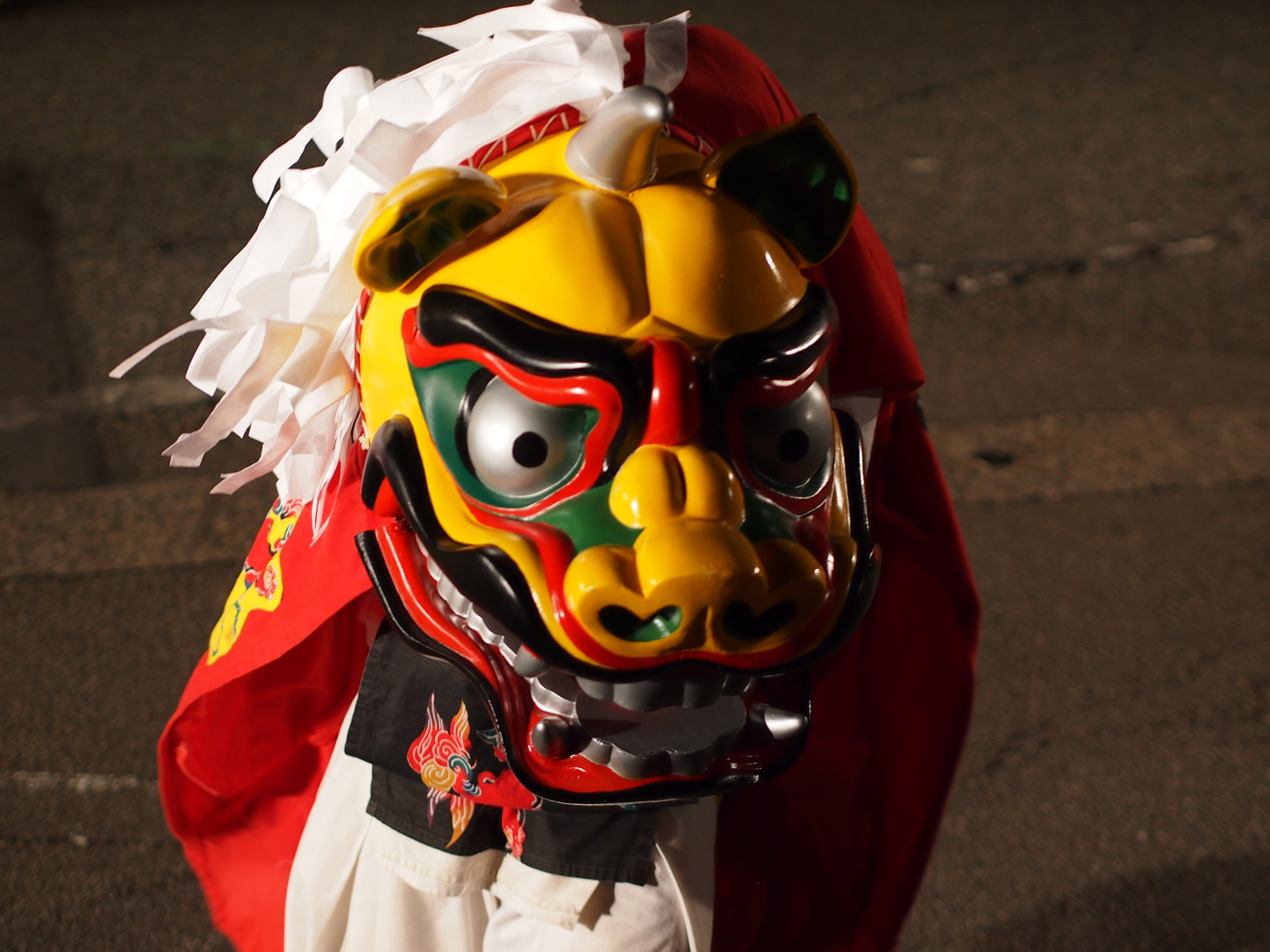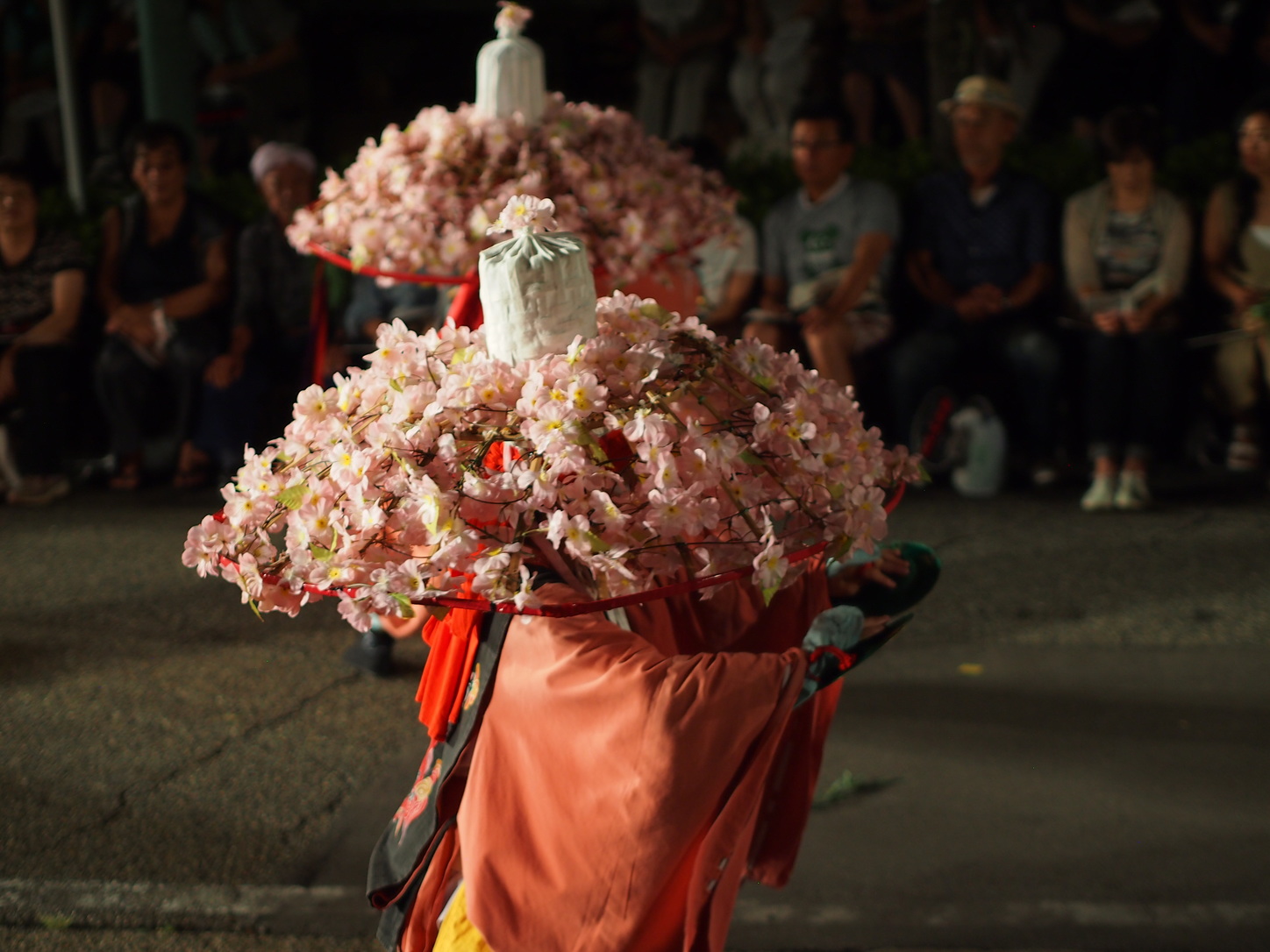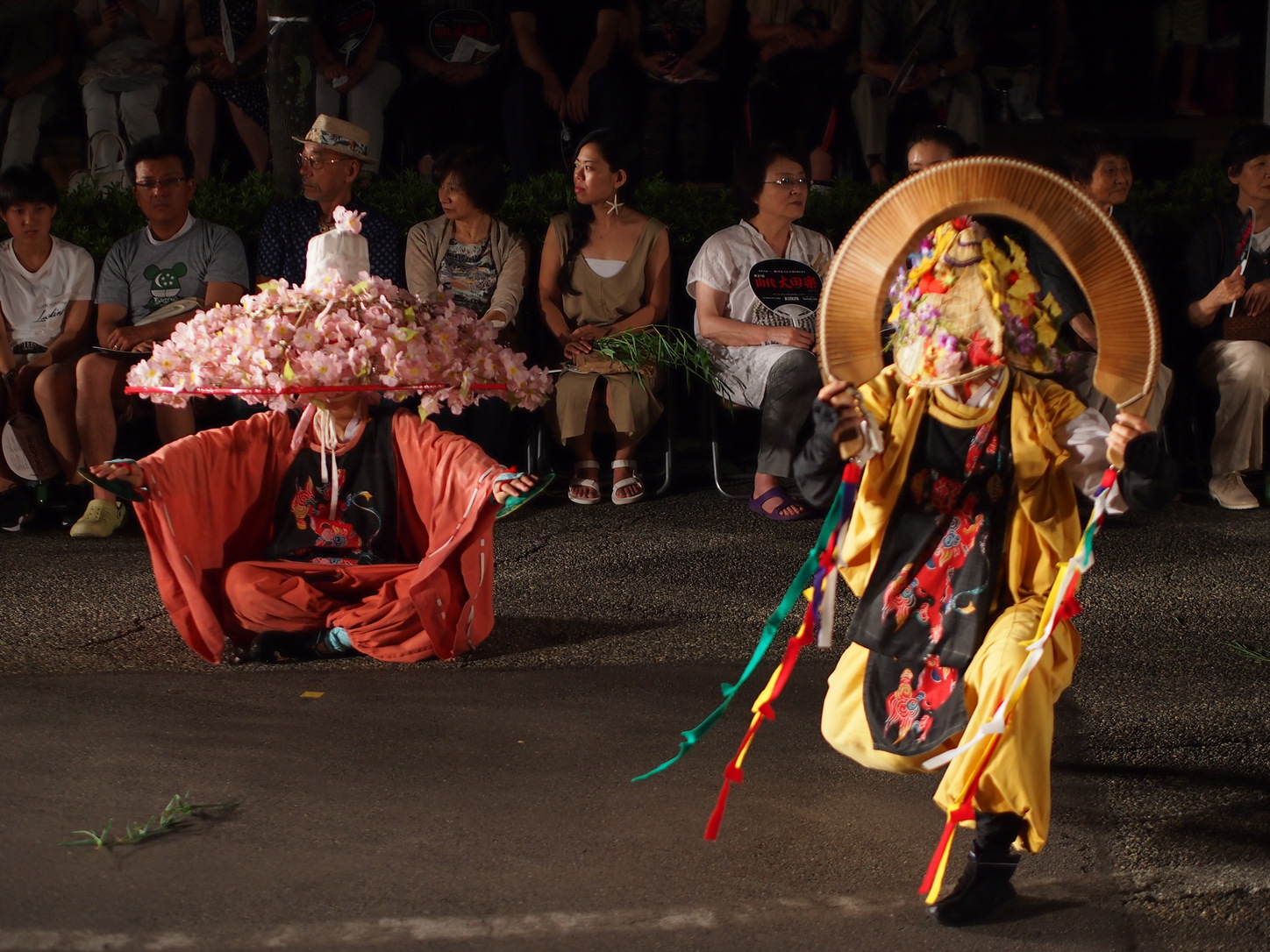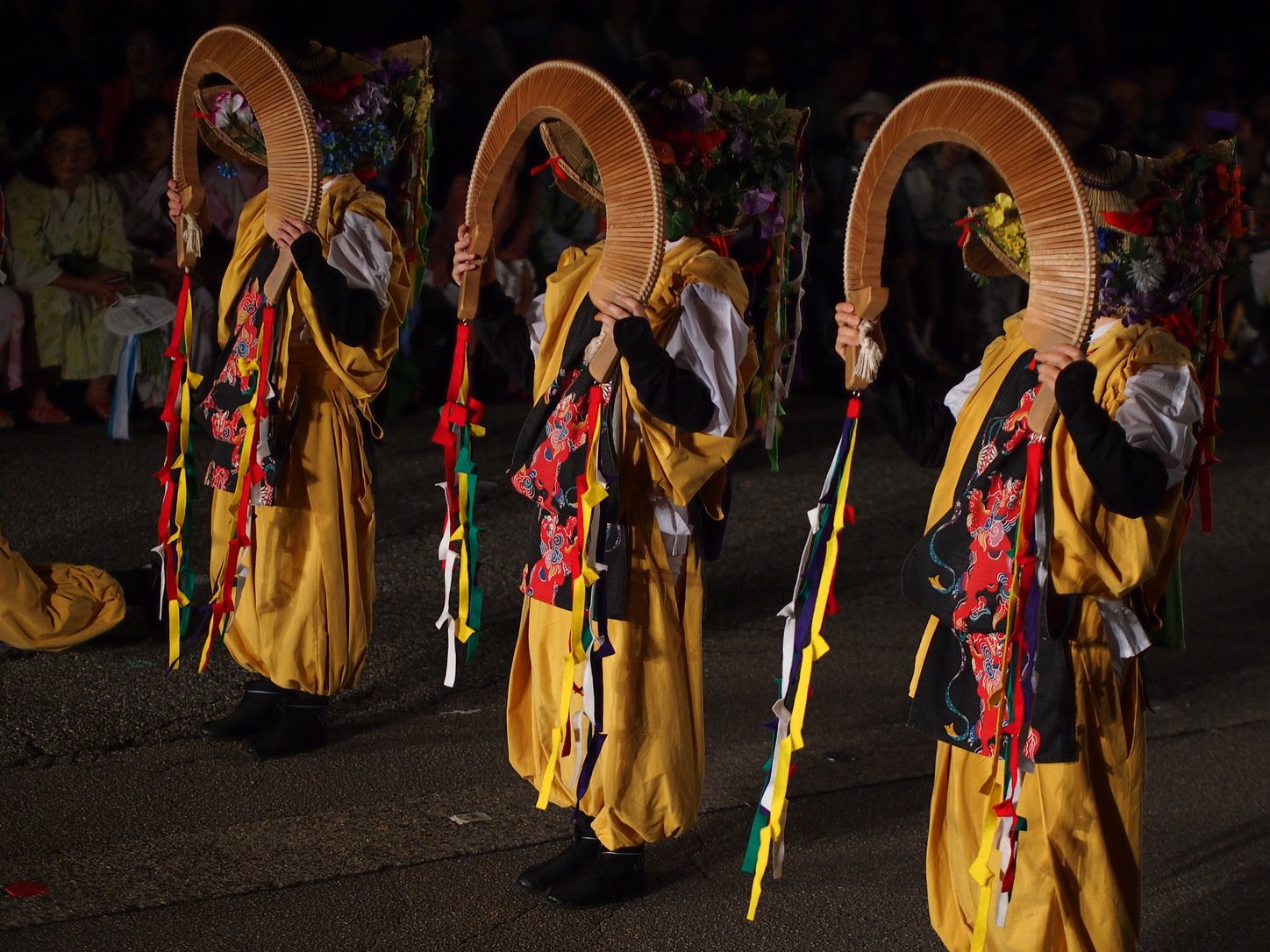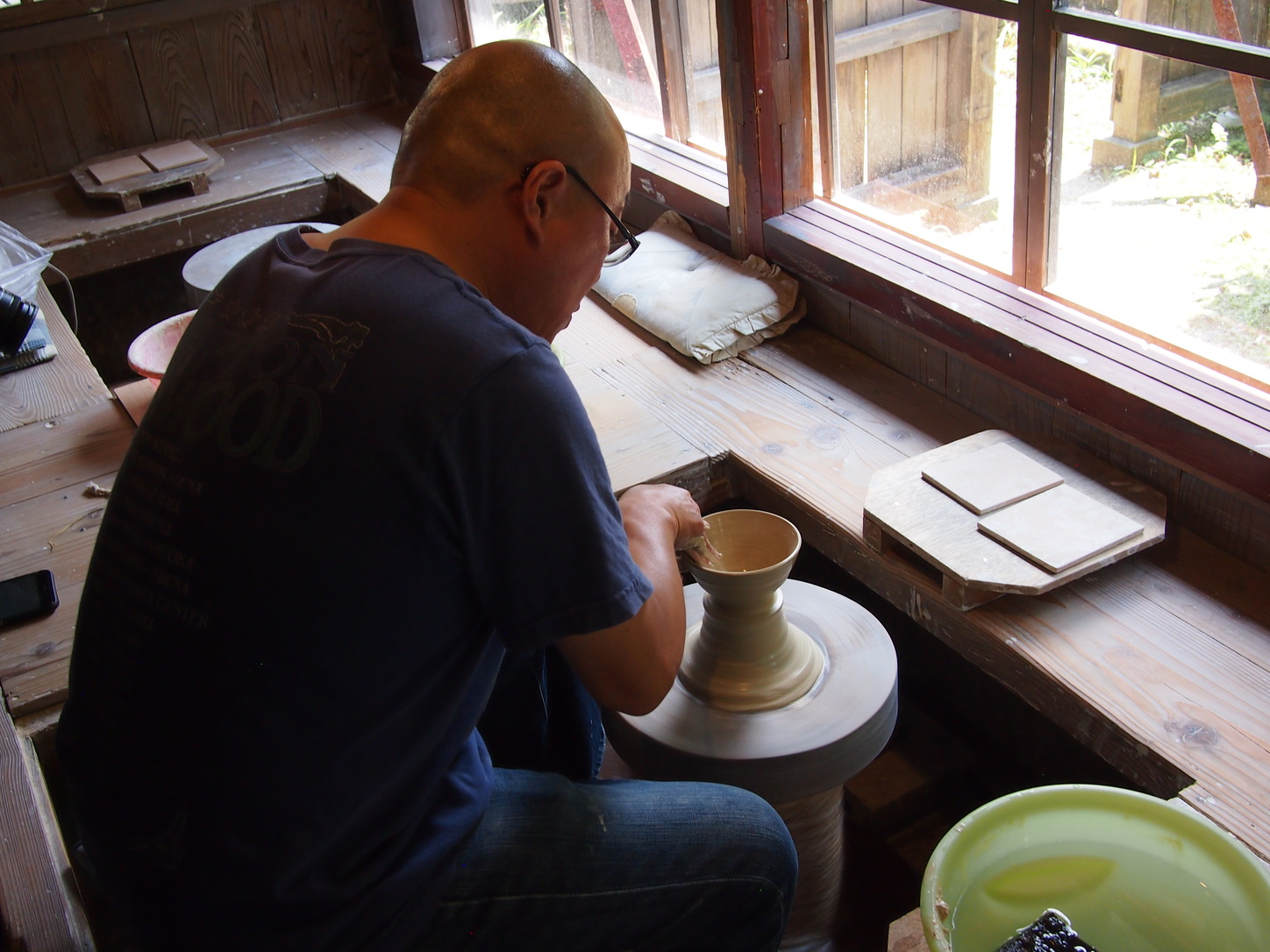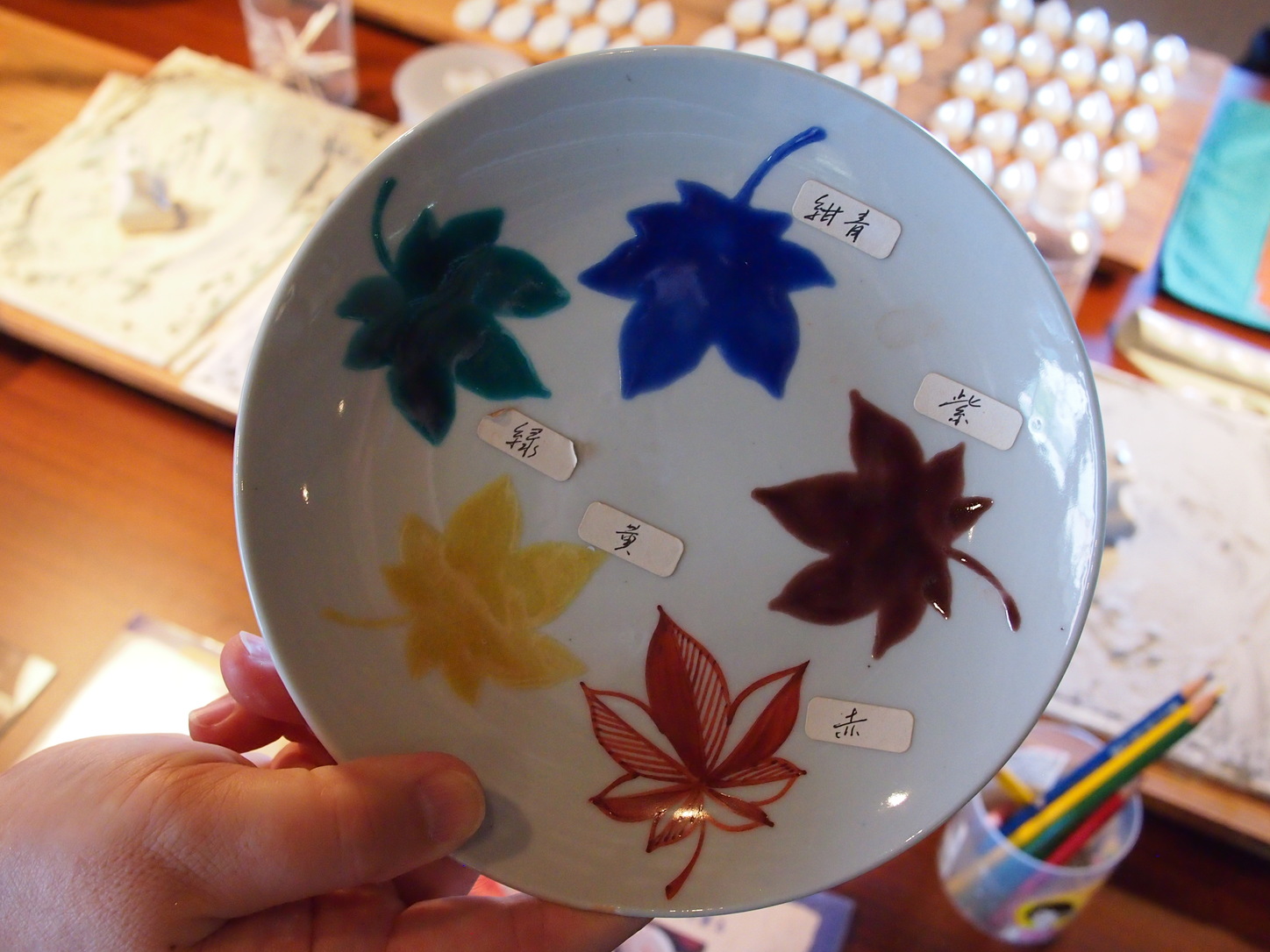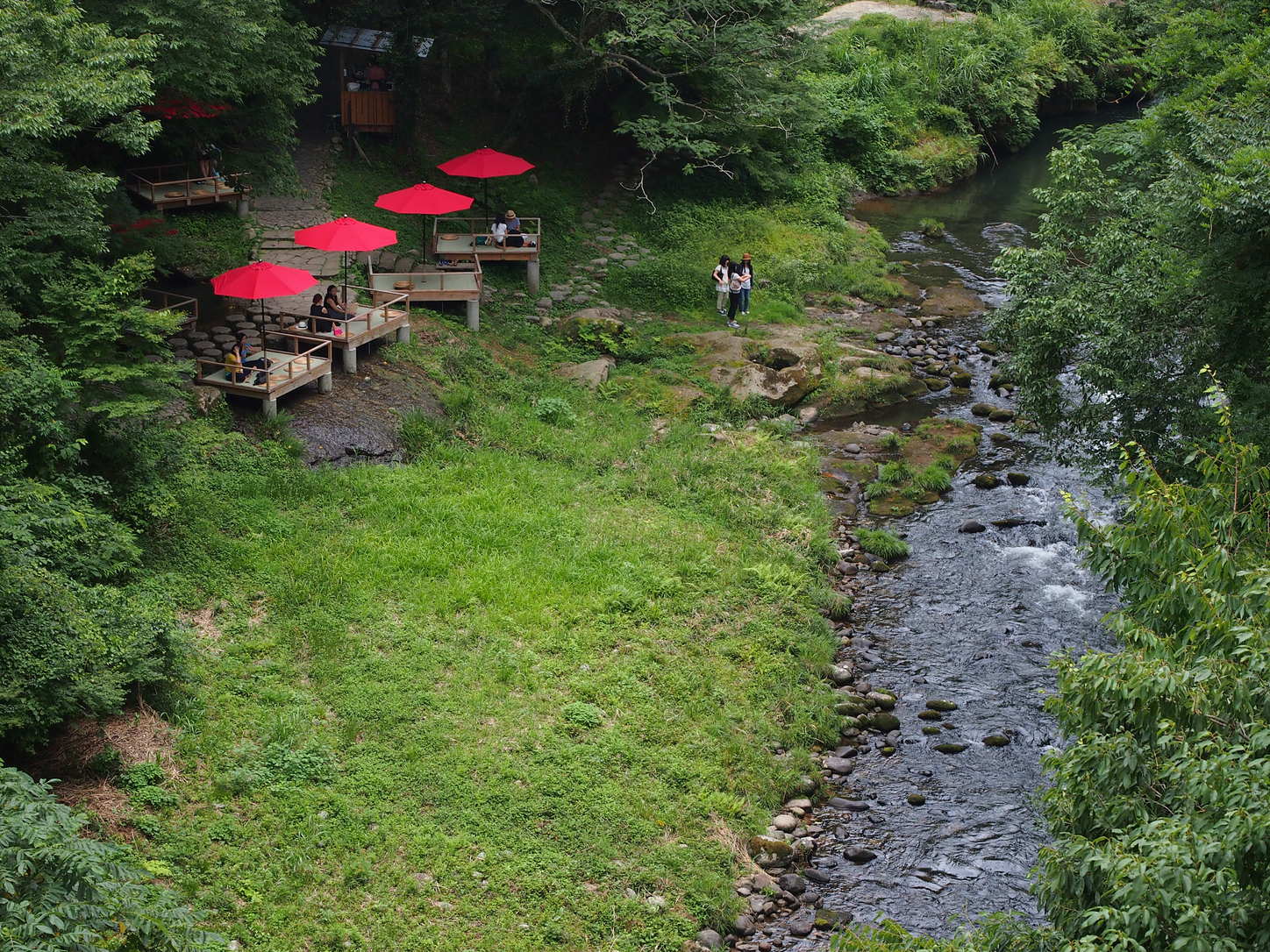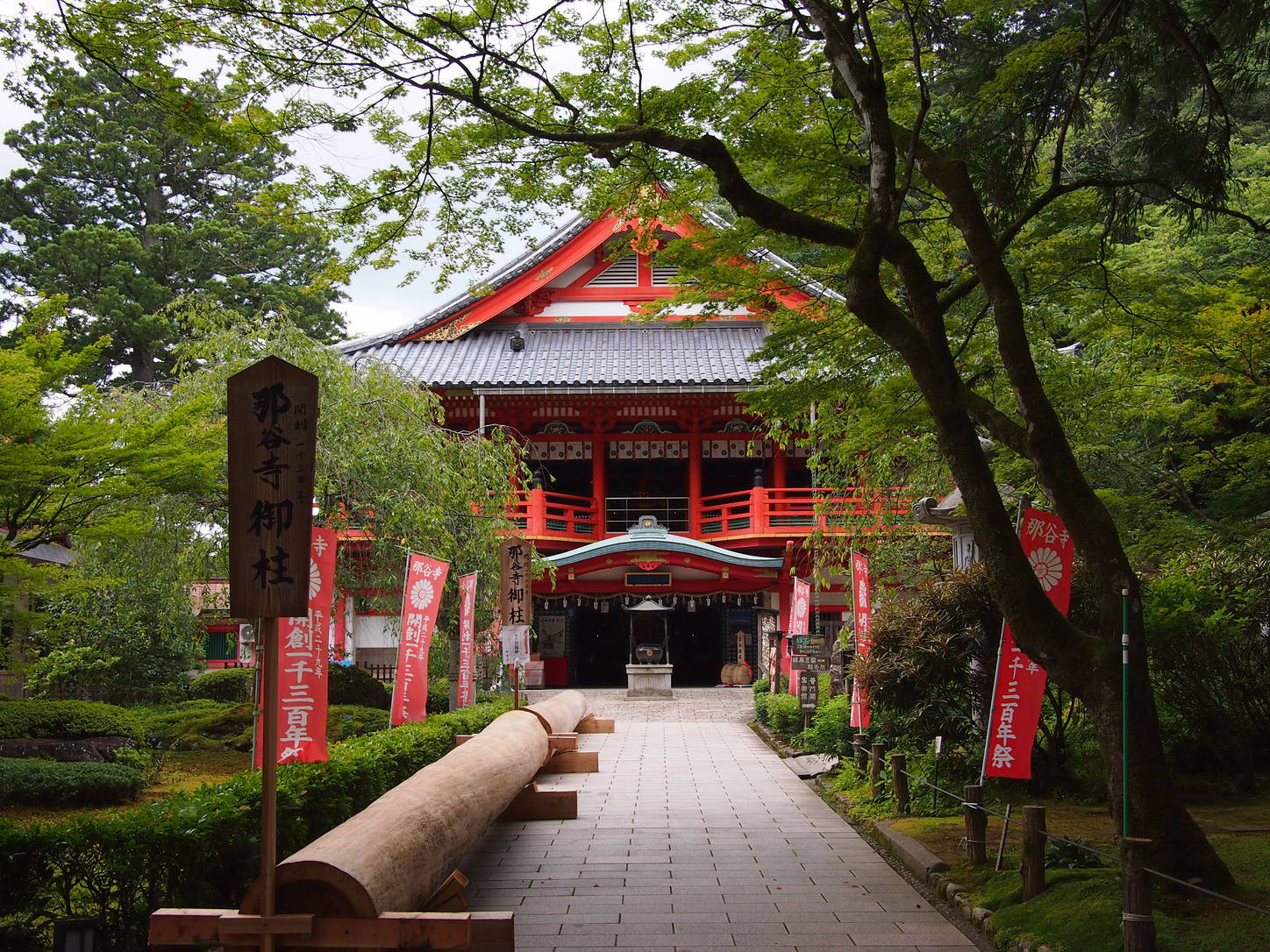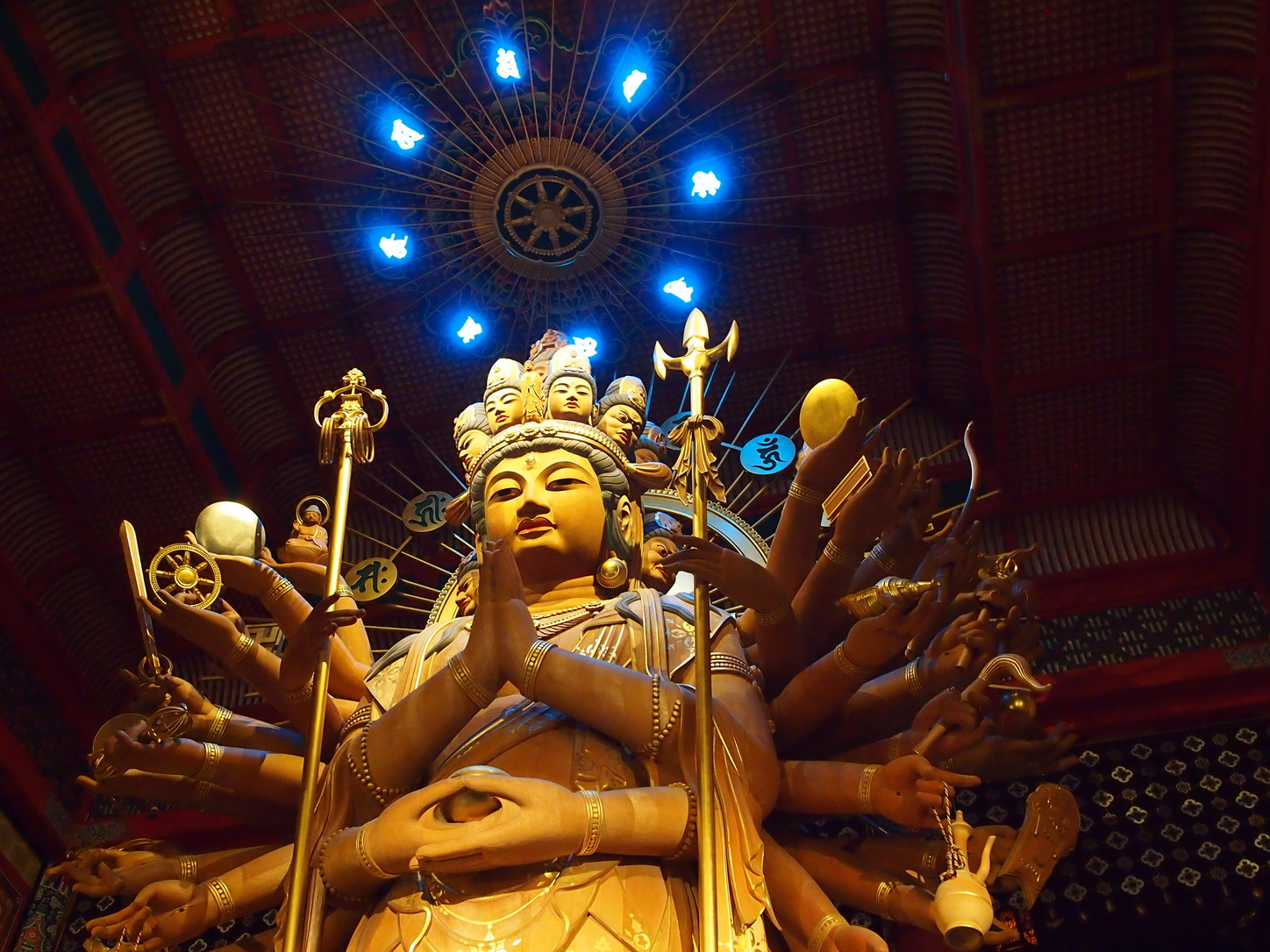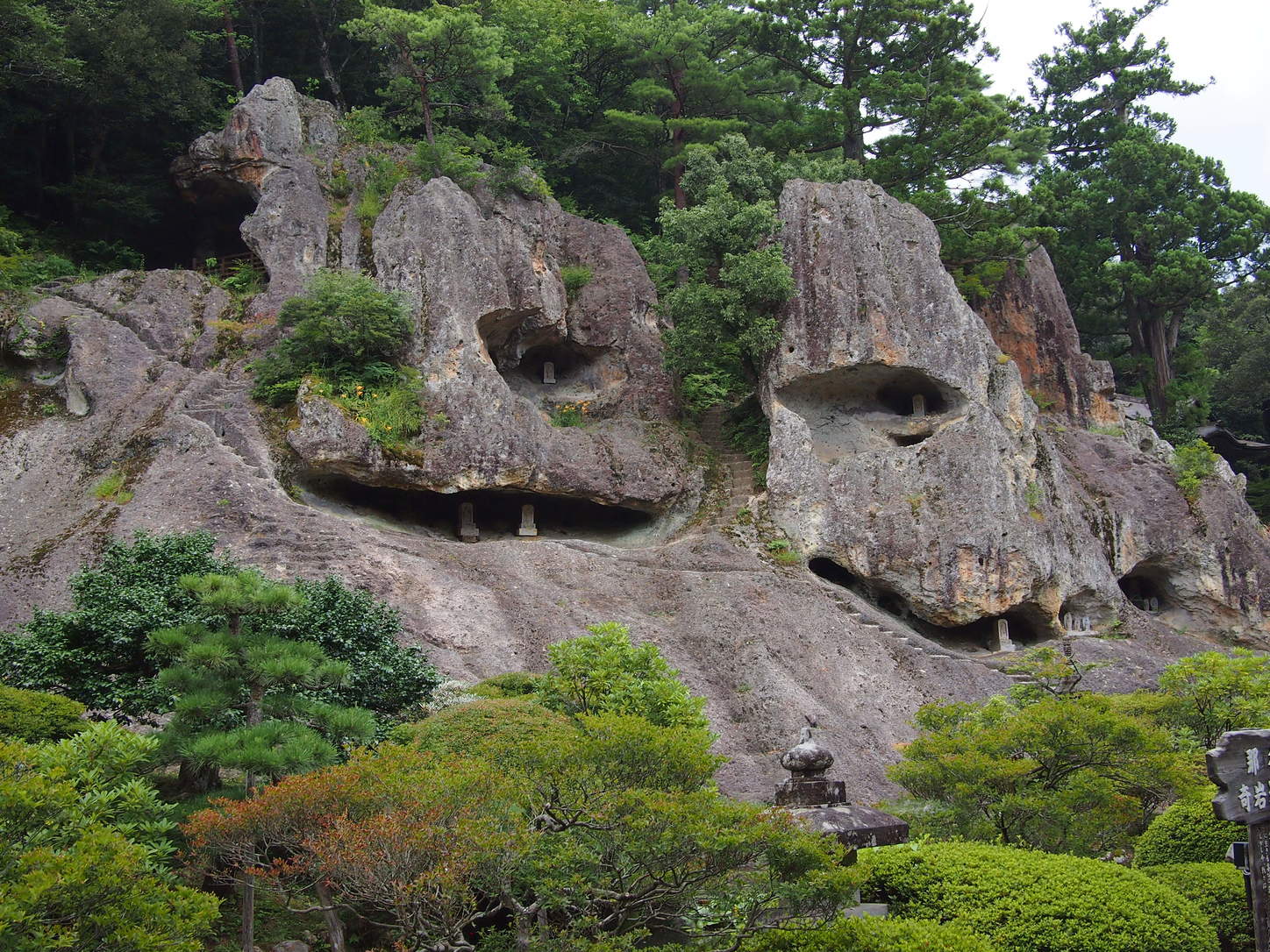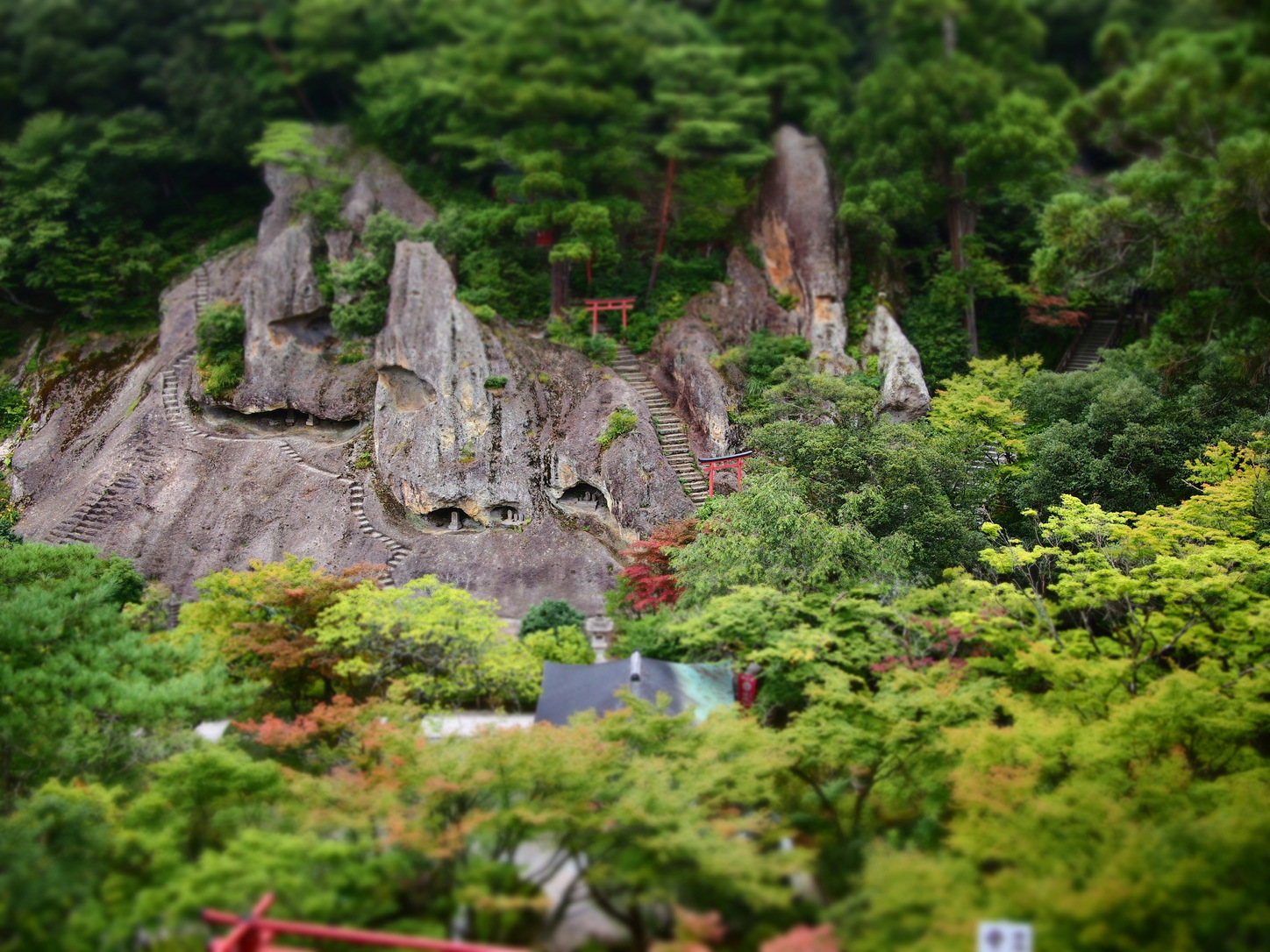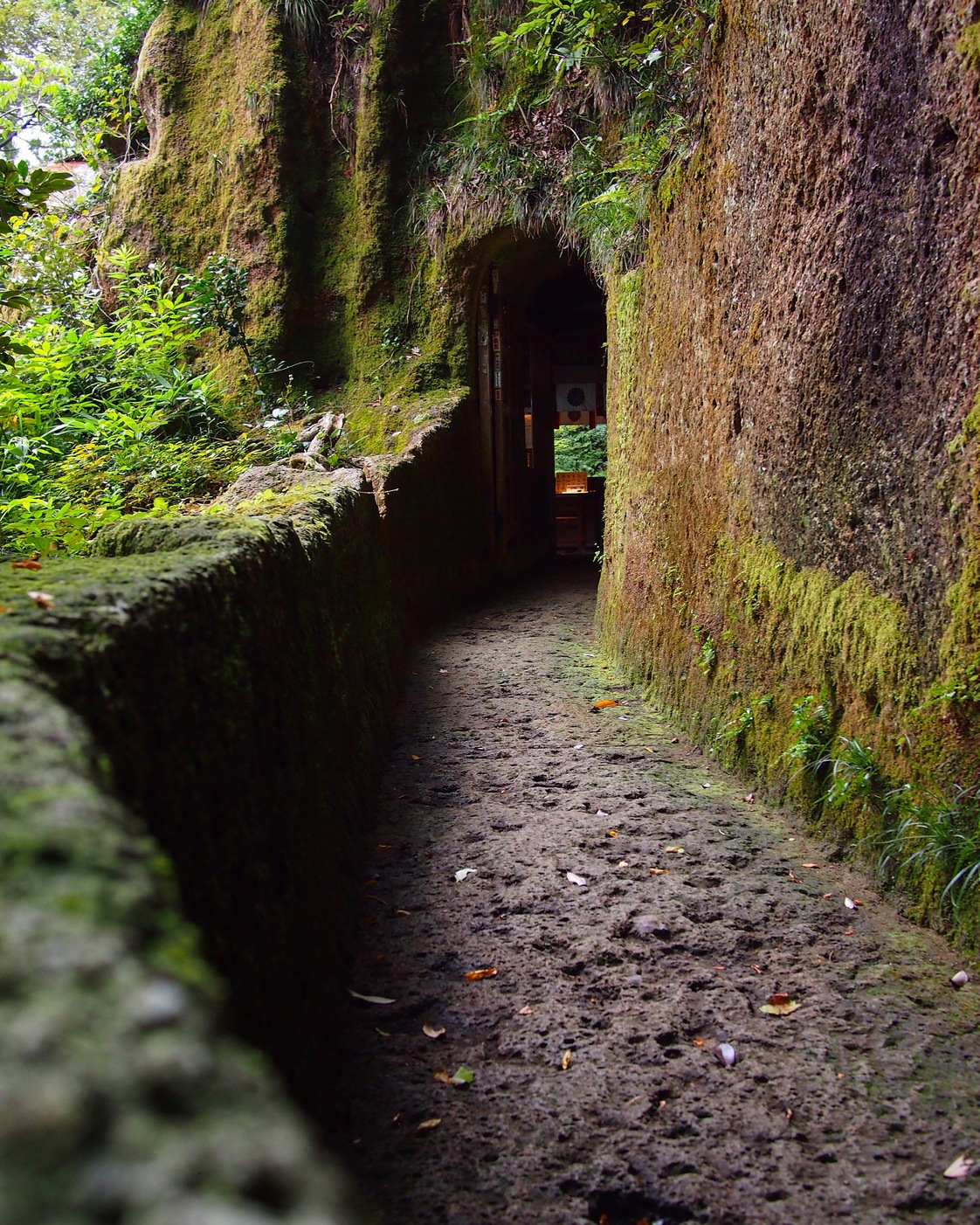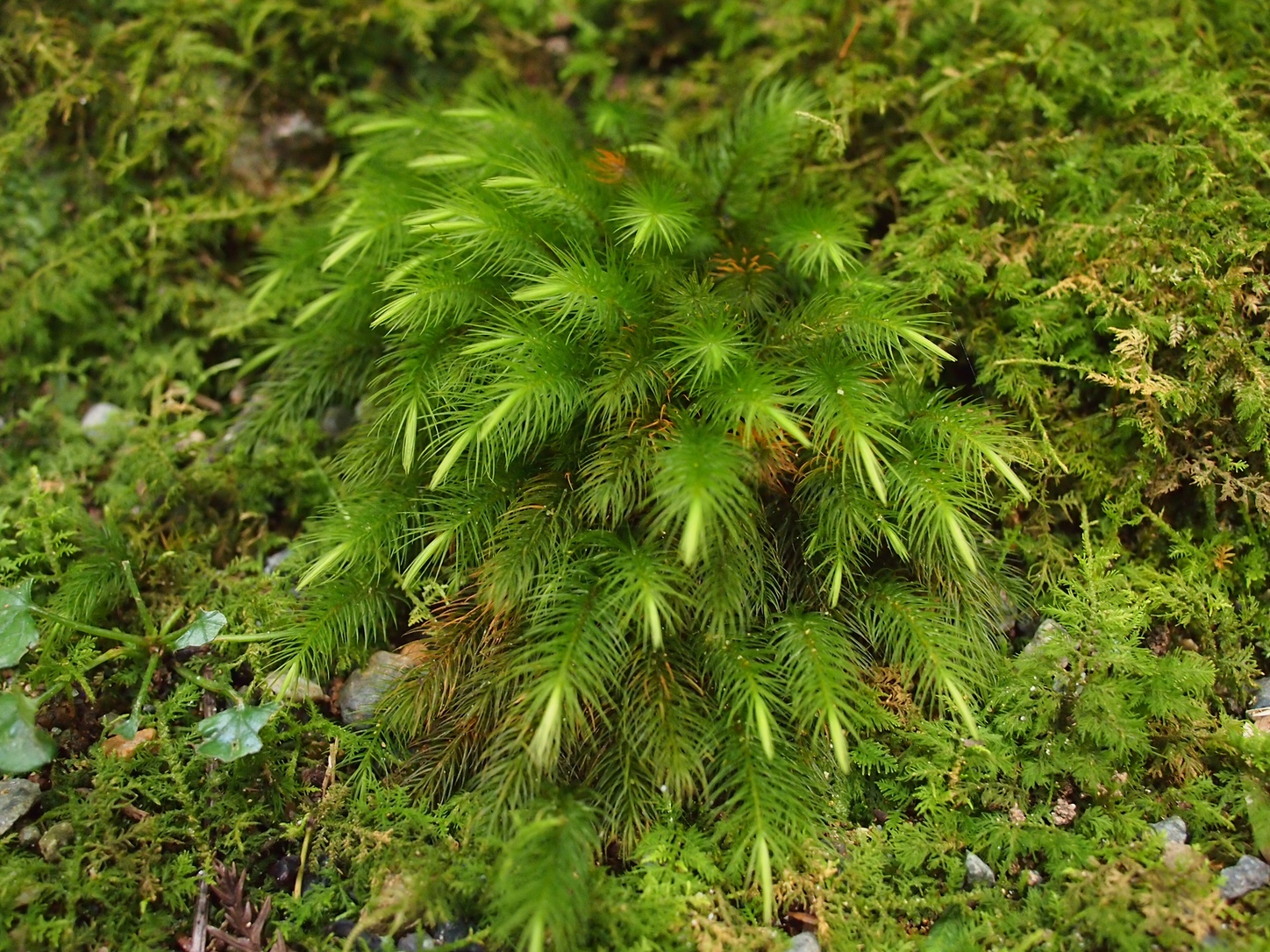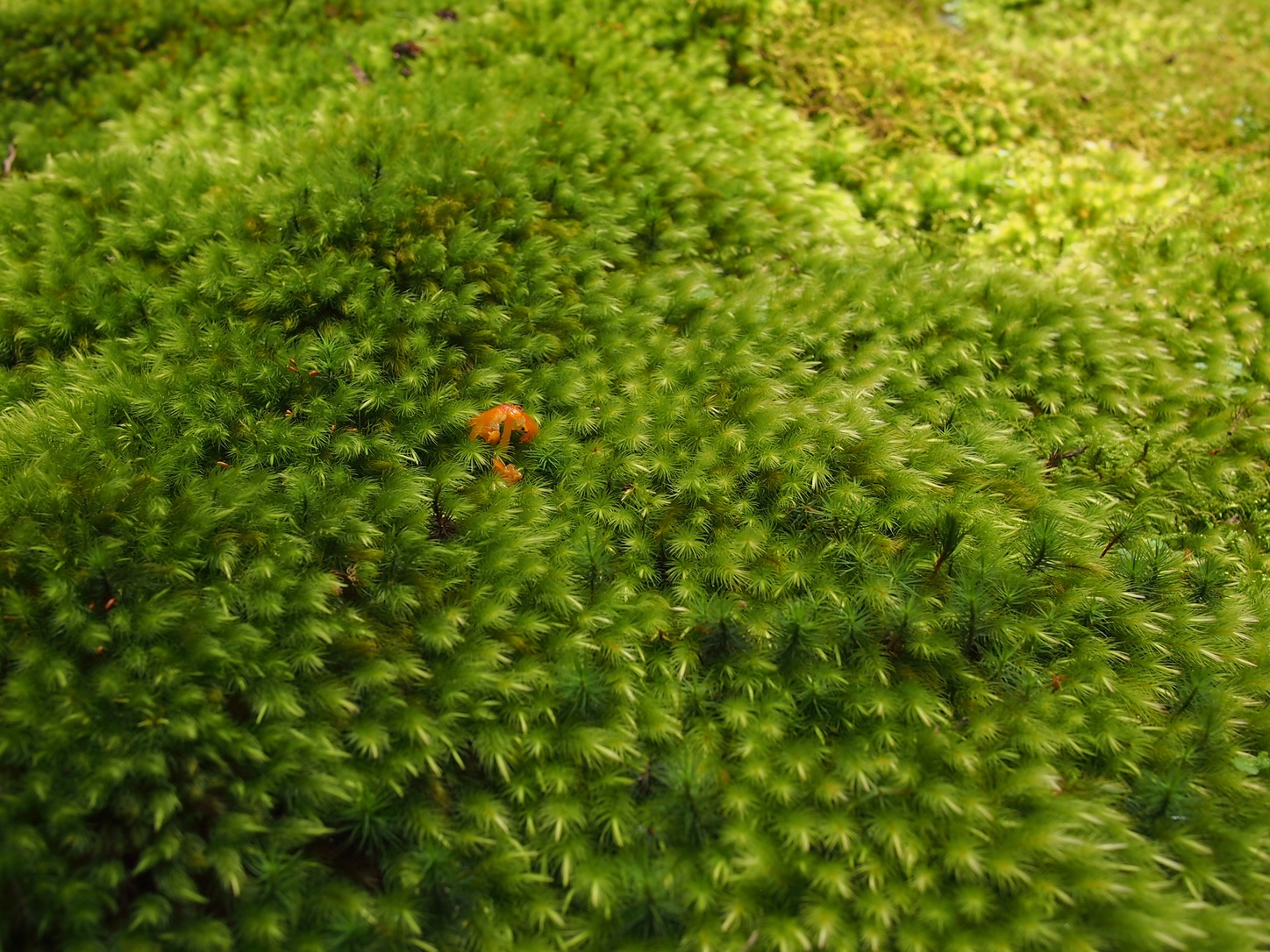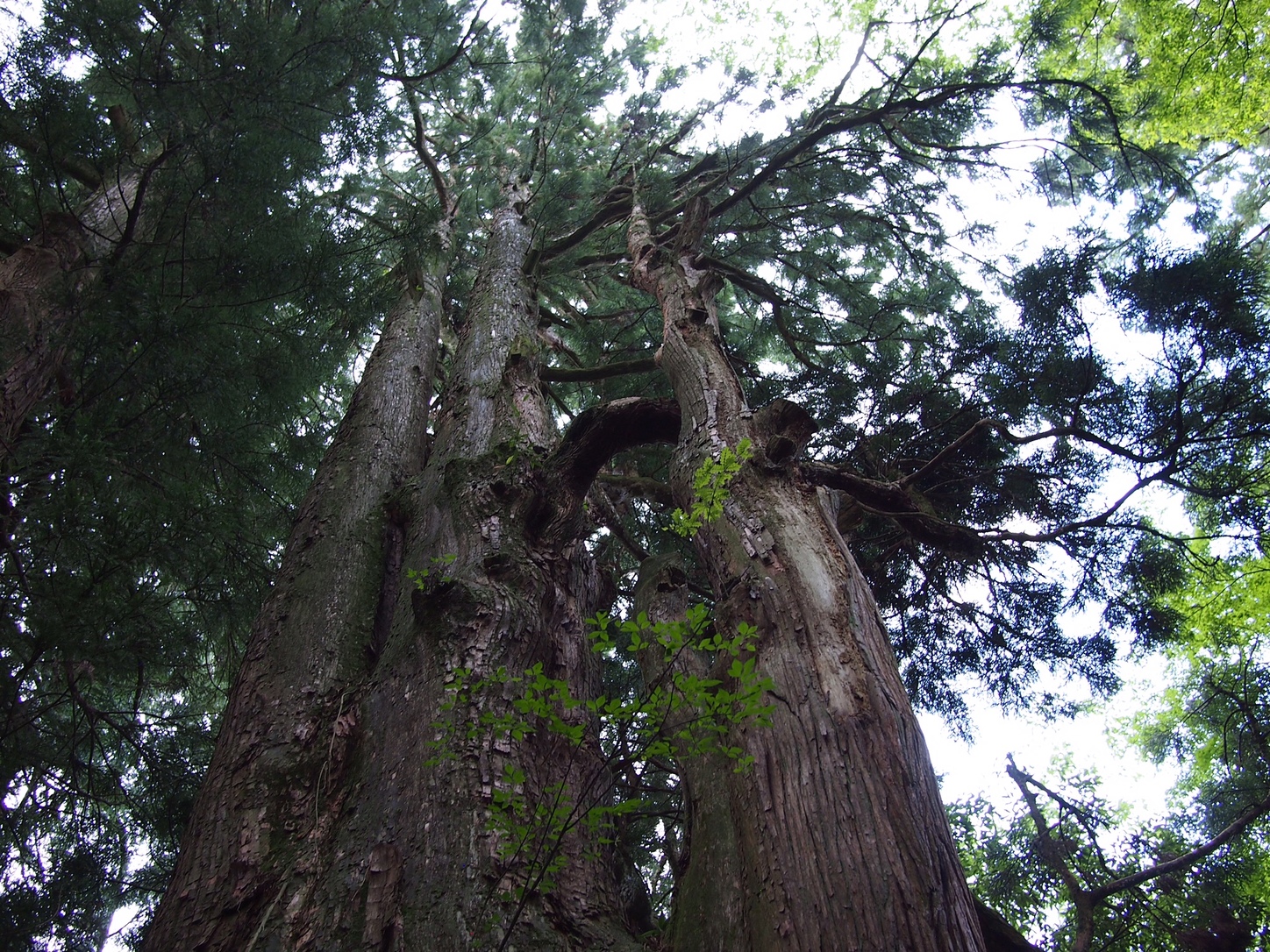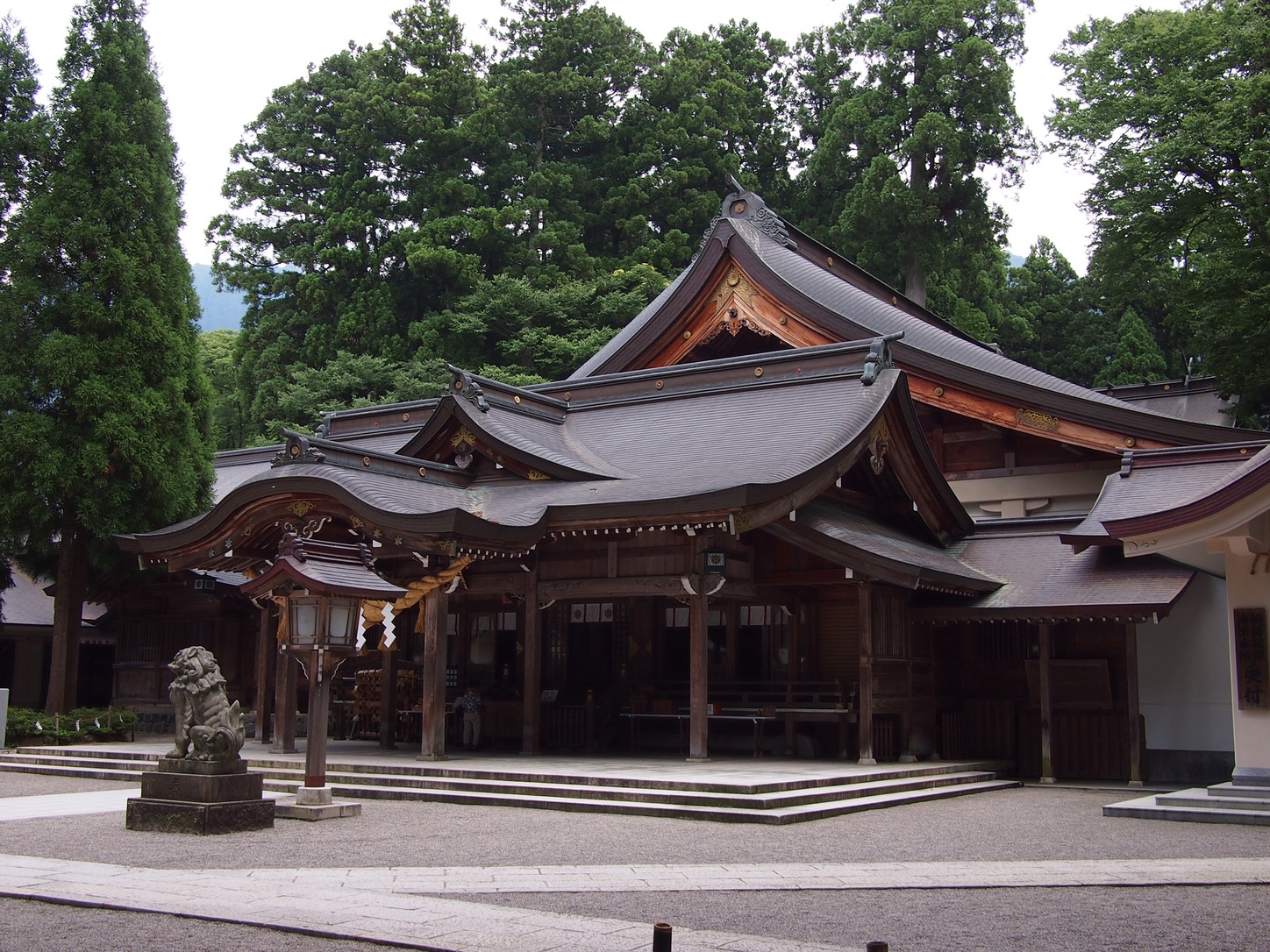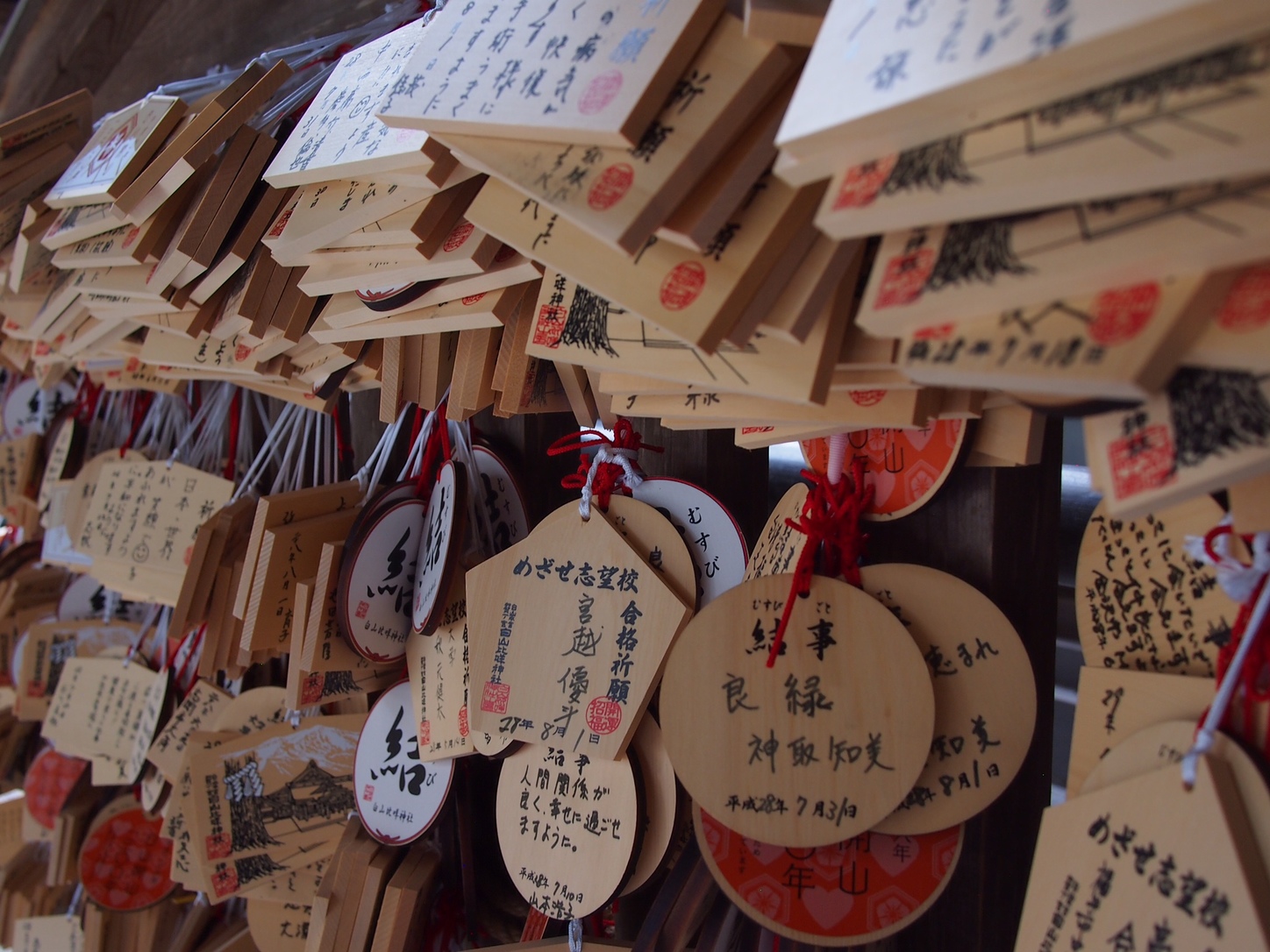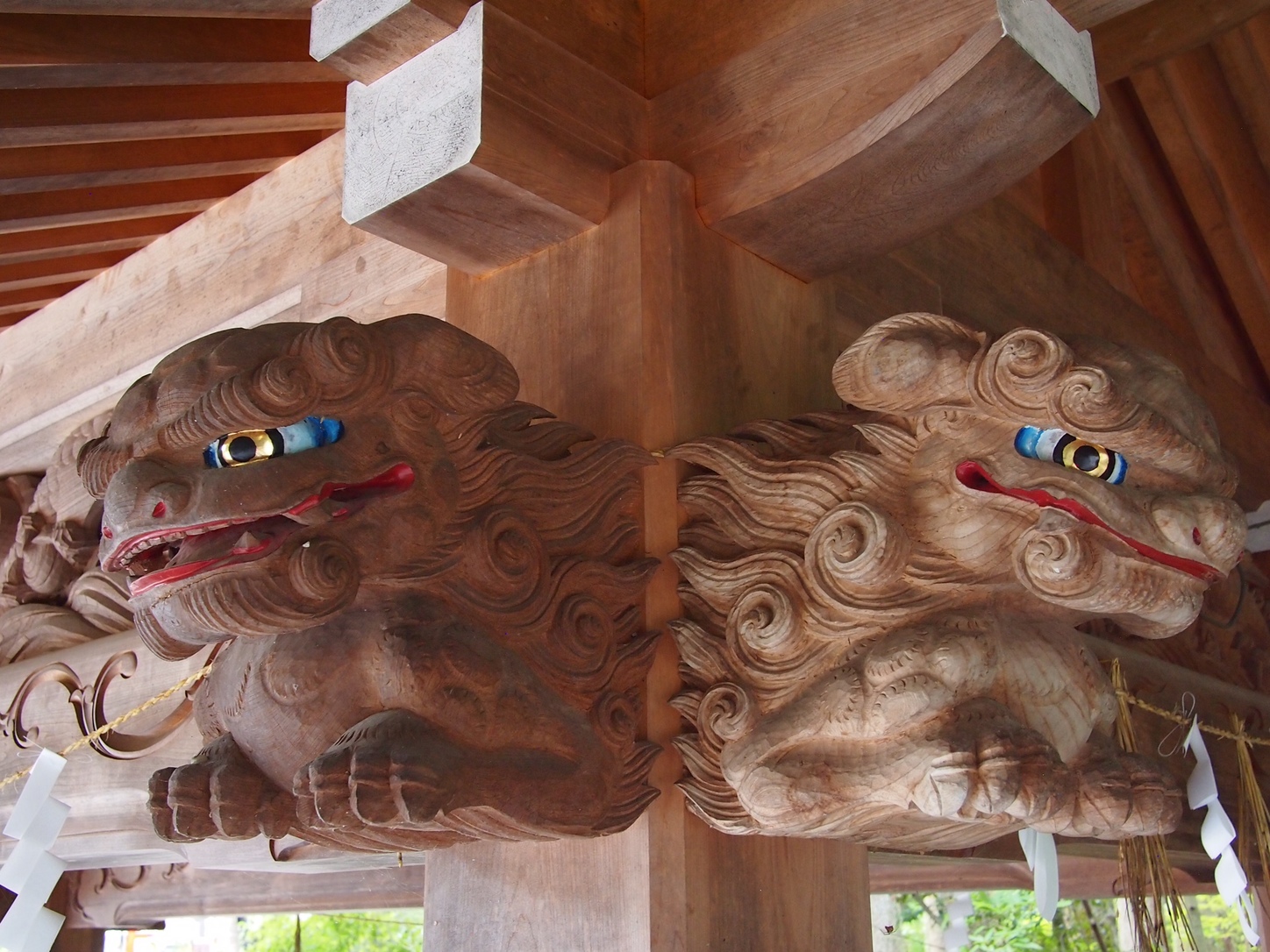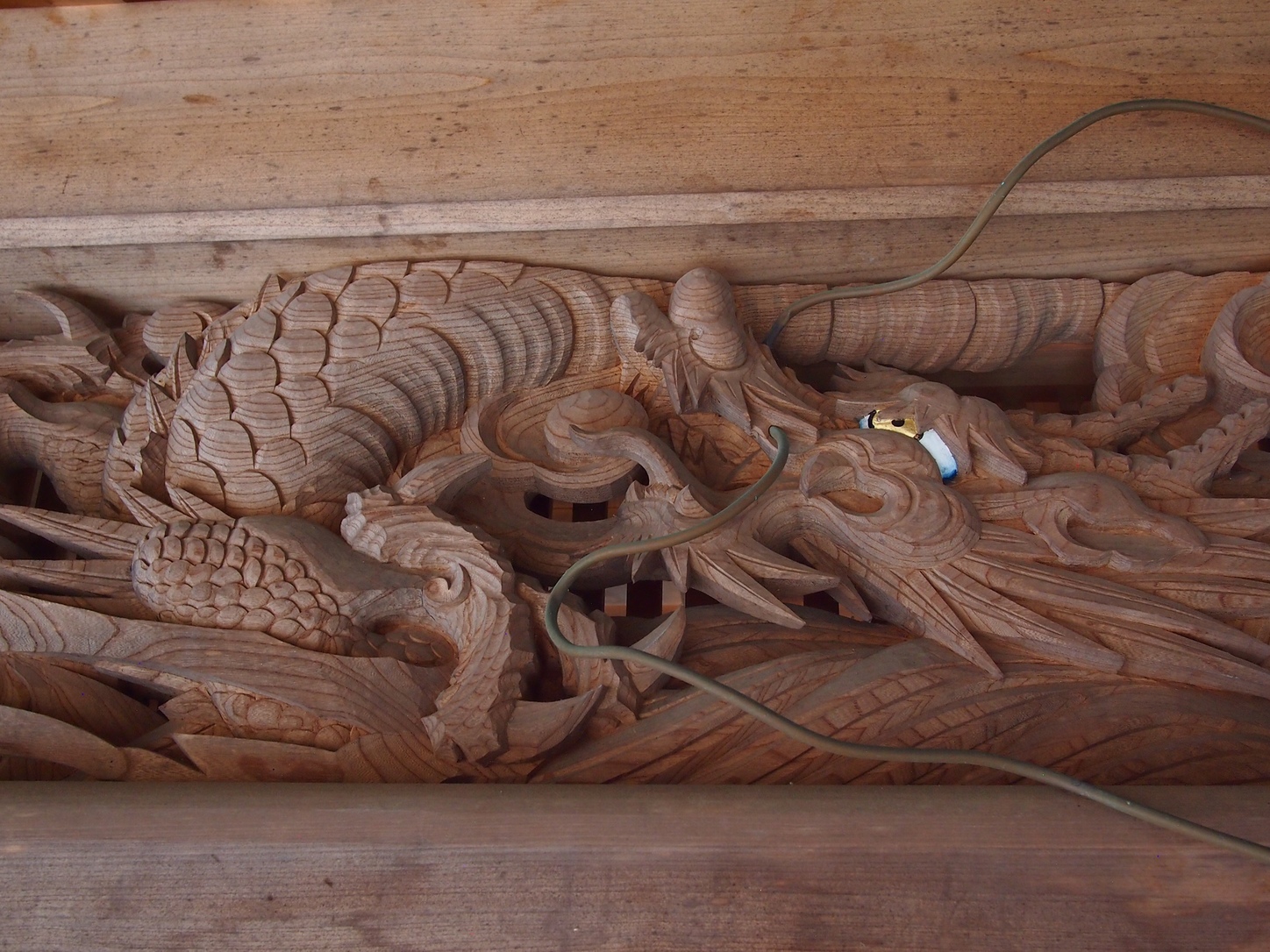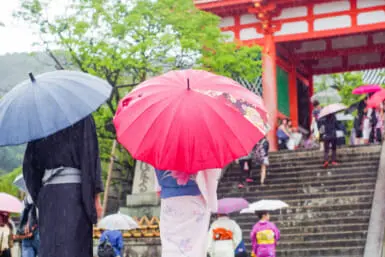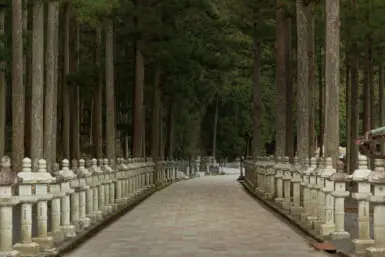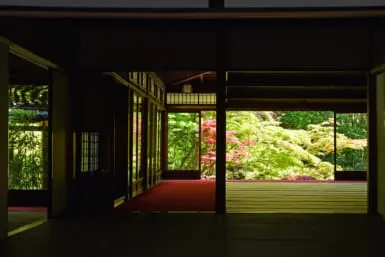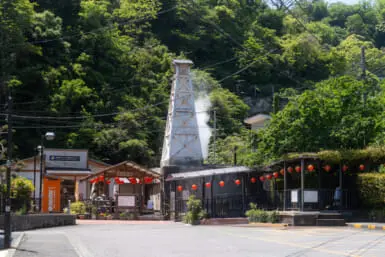Ishikawa Prefecture has always been an intriguing travel destination, but the lack of a direct Shinkansen line from Tokyo often made it an inconvenient journey. But in 2015, the Hokuriku Line was extended to Kanazawa Station, making it easier for short-term tourists and Japanese residents alike to make the trip to this unique region.
We recently had the chance to take a three-day tour of Ishikawa that began with a brief jaunt around Kanazawa but then moved on to the southern area around Kaga. It was a trip that would take us from scenic river gorges to a sprawling temple complex, and from a garden dedicated entirely to low-growing moss to a shrine that is home to towering cedars.
Day One
Shortly after we arrived at Kanazawa Station, we made our way to Gyokusen-en, a garden built for the Maeda clan that predates Kanazawa’s famous Kenrokuen by 100 years. Amid the lush greenery and the tranquil ponds of the garden stands a tea room, where visitors can drop in for a cup of green tea, or take part in a traditional tea ceremony. During our visit, and accompanied by the summer thrum of cicadas, one of the attendants at the tea room explained that, in generations past, the location used to be a place for secret meetings, where political strategies were devised and business plans were made. Now, although the location is not used for clandestine rendezvous, the tea ceremony itself is an opportunity to honor the concept of ichigo ichie – the idea that an encounter only happens once, even if it is repeated in the same place with the same people. “Serving tea isn’t just about hospitality, it’s a way to express a connection between people,” she explained.
After our visit to the tea room, we had lunch at Gyokusen-tei, a restaurant that is housed in a renovated building that was once an Edo period residence. Just opened last year to coincide with the opening of the new Shinkansen service to Kanazawa, Gyokusen-tei has already been recognized with a Michelin star. The recognition is well earned, as the kaiseki ryori cuisine rivals what you could find in some of the finer restaurants in Kyoto. Everything was artfully selected, from the seasonal ingredients and garnishes to the dishes on which they were served, which included some of Ishikawa’s celebrated Kutani ceramic ware.
Thanks to the power of the Maeda clan, who ruled the area from the late 16th century until the Meiji Restoration, Kanazawa and the region that would become known as Ishikawa Prefecture became centers for the arts, including gold leaf, pottery, and geishas’ song, dance, and cultivated conversation. The Higashi Chaya (Eastern Teahouse) district is a neighborhood where many traditional teahouse buildings still stand; some have been converted to shops that sell some of the region’s best-known crafts, but there are still those where you can experience the performing art of the geisha. One of them is the 200-year-old teahouse Kaikaro, which offers the rare opportunity for the uninitiated to witness this colorful tradition. After making our way up a flight of steep, red-lacquered stairs, we were able to explore the rooms where geisha have been entertaining their clients for generations, as well as those that had been transformed into art installations of their own.
We then made our way to the area around Kaga, some 50 kilometers to the south of Kanazawa. The area first grew to prominence as a temple town, but many onsen ryokan were built to take advantage of the large number of naturally occurring hot springs to be found in the region. Yamashiro Onsen is home to several of these ryokan, and its central bath house, known as Ko-Soyu, is a place where people would gather to soak in the curative waters of the hot spring water, but was also a location where people would gather, mingle, gossip, and flirt. Ko-Soyu was built on the model of a 100-year-old public bathhouse, and features Kutani ware bath tiles and colored glass windows made in the traditional fashion.
The town was buzzing with excitement as we made our way past the Ko-Soyu building, as the Daidengaku Dance Festival would be taking place shortly. Although this was the 21st year of the festival – barely even a newborn as these kinds of traditional celebrations go – the Daidengaku Festival has its origins in a dance that was performed during the Heian period (794-1185). Some believe that the original dance was meant to bring about a good rice harvest, while others think that the dance is a tradition that had been brought over from the Asian mainland. Either way, the steps of the dance had long been lost to history, but a celebrated Kyogen performer created a new choreography for the dance festival a few decades back, and the Daidengaku was born.
Like many of Japan’s most colorful festivals, the Daidengaku is held at one of the most oppressively hot times of the year, when you’d think any kind of exertion would be impossible. Yet, not only do the communities and performers put on the effort – and the costumes – to bring the festival to life, expending the energy to bring it all together seems to enliven everyone. At the center of the Daidengaku is a theatrical ceremony that honors Yatagarasu, a legendary three-legged crow that is famed in Japanese myth and folklore, but it began with drumming and singing by a towering man from Cote D’Ivoire and ended with a show stealing performances by a dancer with what seemed like a thousand masks, which she removed one by one, with the grace of a magician. Along the way there were dancers in elaborate costumes and gymnasts of all ages doing tumbling runs. It’s as much a performance arts demonstration as it is a cultural festival, and if your travel plans ever bring you to the area towards the end of July, it’s an experience that you simply shouldn’t miss.
We stayed the night at the Rurikoh Ryokan, a large hotel that combined the amenities of a resort hotel – a variety of restaurants, spacious onsen, and a cocktail lounge – with the personal, attentive service of a small inn. Our “Kaze” luxury suite had room enough to spare, as well as large wooden onsen bath to soak in after a busy day of travel.
Day Two
The next day began with a closer look around the Ku-Soyu bath house, and a visit to the former abode of the multitalented artist and gourmet Rosanjin, who spent a year working and studying in the town of Yamashiro Onsen. The Renaissance man was quickly recognized for his skill as a sign carver, and many onsen ryokan and shops and restaurants in the town commissioned him to make their signs. The residence is a small space, but you can feel the spirit of the creative soul who spent time there, writing, carving, and thinking. We followed this with an opportunity to learn about one of Ishikawa’s most well known traditional art forms. Kutani pottery is famed for its delicacy and its distinctive color palette – green, red, yellow, blue, and gold – which is applied over five different applications in order to draw highly detailed images. It’s a tradition that has been developed over centuries, and the Kutani Pottery Museum in Kaga was an excellent place to see the art form continuing to this day. The museum is home to a massive stepped kiln that dates back to the 19th century. It’s also a working pottery studio, where it is possible to watch artists working; it’s also possible to arrange for classes. After you’ve had a look around the museum, you can drop in to the gallery and shop, where some real masterpieces can be examined, and where you can buy pieces made by local artisans.
We took our lunch break at Kaga Kappo, which specializes in one of the area’s local delicacies – kani gohan. It’s made with crab drawn from the Japan Sea off the Hokuriku coast, served with a soft-boiled egg that you mix into a clay pot filled with piping hot rice. They’re simple ingredients, but they come together to make a hearty dish that’s full of flavor.
Later that day, it was time to take a hand at decorating our own Kutani masterpiece. A studio in the center of Yamashiro Onsen gives skilled artists and the creatively challenged (yours truly) the opportunity to paint a variety of different shapes and sizes of Kutani ware. If you’re in need of inspiration, you can choose templates, with everything available, from anime and manga favorites for the kids to “artistic” designs for grown ups.
We headed south, going in the direction of scenic Yamanaka Onsen, which lies along the banks of the Daishoji River. While the gorges on either side of the river are particularly lovely in the reds and yellows of autumn, the area offers incredible views throughout the year. One of the best places to take it all in is from the Ayatori (or Cat’s Cradle) Bridge. This fantastically designed red span earns its name well, stretching with twists and turns over the river below. Farther off lies the Korogi Bridge, which crosses the gorge with old-fashioned elegance. For those who would rather spend a bit more time in this peaceful atmosphere, there is a tea house, featuring platforms with terraces shaded by distinctive red parasols.
Our next stop was one of the more spectacular temples that we’ve ever seen. Natadera is an expansive Buddhist temple complex that was built for the Shingon Buddhist sect. In comparison to some of the famous temples of Kyoto, which have almost a meticulous appearance, Natadera has a pleasantly rugged feeling. On your way around the temple’s various altars and vantage points, you walk past curious rock formations, through tunnels, and up steep hills. According to our guides, the concept behind the temple is that it holds nature itself up as something sacred – perhaps even more so than the relics and statues that can be found in abundance as you stroll around Natadera. As we made our way to the next destination, we were already making plans for a return to this uniquely sacred space.
In addition to Kutani ware, Ishikawa Prefecture is known for a wide variety of crafts, including lacquerware that is known throughout the country and delicate sheets of gold leaf that are used for everything from decorating goods to garnishing food and beverages. Yu no Kuni no Mori is a huge park dedicated to supporting the region’s many artisanal traditions, and giving visitors the opportunity to practice them first hand. Various buildings around the park are dedicated to teaching arts and techniques such as calligraphy, glassmaking, woodcarving, and much more.
We stayed that night in Katayamazu Onsen, a relaxed town that lies to the south of Lake Shibayama. The lake, which changes subtly in hue as reflects the changing skies above, is lit by fireworks on summer nights, and by the lanterns of Japanese-style houseboats at various times of the year. Lake Shibayama is also home to a floating pier called Uki-Uki Benten, a floating temple that is dedicated to the Buddhist goddess, Benzaiten.
Day Three
The day began with a visit to an open-air museum that is dedicated to one of the region’s low-growing life forms. Surrounded by tall cypresses, Japan’s most diverse range of mosses, many of which can only be found in Ishikawa Prefecture, are cultivated and protected at Koke no Sato (Moss Village). On one of the twice-daily tours, a local guide explained how one of the local aristocrats helped bring the nature reserve into being, and how a particular species of moss is able to go from a hibernation state after a long dry stretch to a healthy shade of green within 30 seconds.
From the humble flora of Moss Village, we moved on to towering trees of the great Shirayama Hime Shrine, which is the main shrine of the some 2000 Hakusan shrines around Japan. To reach the shrine, guests must climb a set of 108 steps, through groves of massive cypress trees, the oldest of which is nearly 800 years old. One of the best region’s most respected features is manmade waterfall, which is fed by subterranean springs, where people come for misogi, a form of ritual purification that entails sitting or standing under a deluge of chilly water. As befits a shrine of this rank, artfully crafted decorations abound, and thanks to the old growth forest that surrounds it Shirayama Hine is imbued with a sense of the peacefully impressive power of nature.
Just around the corner from Shirayama Hime is the restaurant So-an. Unassuming from the outside, this local institution is filled with charm, featuring a surprising mix of décor from around the world, and serving handmade soba and udon noodles, and freshly prepared tempura made with local, seasonal vegetables. Our digestif came in the form of a trip to the Manzairaku Sake Brewery, one of only five breweries that can use the geographic indication of Hakusan Kikusake. Granted, to a relative nihonshu amateur, these fine details might pass you by, but you don’t need to be an expert to recognize the broad range of flavor profiles that the brewery offers, from refined daiginjo to unfiltered nigori. The brewery also produces a few varieties of flavorful umeshu, or plum wine.
Our final stop before getting to Kanazawa Station was a spot that would appeal to kids and budding biologists, but might not be for the squeamish. The Ishikawa Prefectural Museum of Insects is a haven for all things that creep, crawl, and fly. While the bulk of the museum’s exhibits are of insects behind glass, there are quite a few opportunities to observe the bugs from a close perspective, whether it’s a giant stag beetle scaling a stick or a greenhouse filled with butterflies that are perfectly happy to jump on your sleeve and take a ride.
Some people believe that if something is too convenient, it’s easy to take it for granted. This certainly isn’t the case with the relatively new found ease with which you can reach Ishikawa. As three days showed us, Ishikawa and the Kaga region is simpler to get to, but still filled with enough variety and surprises to bring you back time and time again, ever curious to see and learn more.

